The
Ly Dynasty existed for more than 200 years in Vietnam, leaving its mark by moving the capital from Ninh Binh to Thang Long (present-day Hanoi). Meanwhile, the
Tran Dynasty was famous for its three victories over the invading Yuan army.
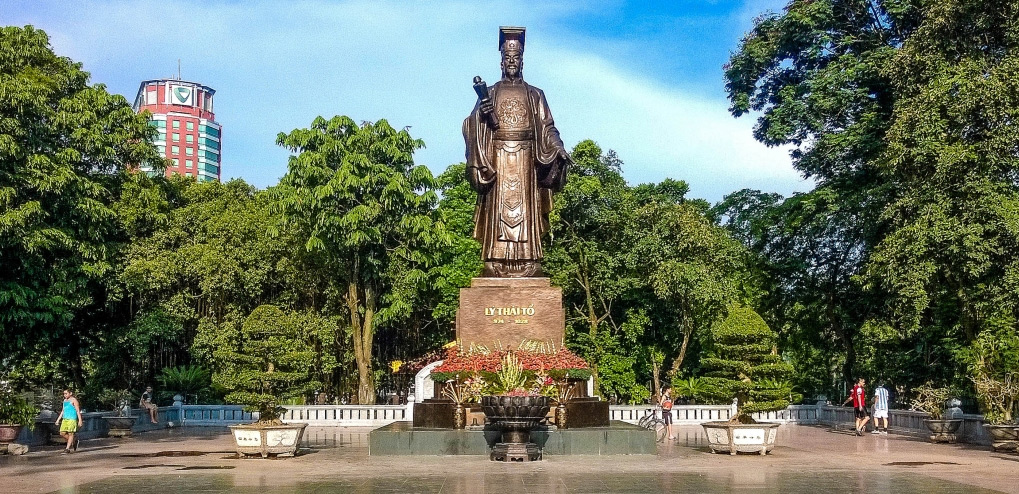
In 1009, after King Le Long Dinh died, Ly Cong Uan was enthroned as emperor by the court, opening the prosperous
Ly Dynasty in the feudal history of Vietnam. The
Ly Dynasty contributed to making feudal Vietnam a prosperous nation in the 11th-12th centuries with 8 kings reigning. During its more than 2 centuries of existence, the
Ly Dynasty made many contributions to the Vietnamese people.
The first mark of the
Ly Dynasty that was mentioned forever after was the move of the capital from Hoa Lu (Ninh Binh) to Dai La citadel, renamed Thang Long (Hanoi).
The second mark was the construction of Vietnam's first university, the Temple of Literature in Thang Long citadel.
The third mark was the resistance war against the Song Dynasty (China) invaders in the early 11th century. This victory helped end the Northern feudalism's plot to dominate, opening a completely new era of independence and autonomy for the Vietnamese feudal dynasties. Also in the resistance war against the Song Dynasty invaders, the
Ly Dynasty was the first and only Vietnamese dynasty to attack and destroy the invading forces right on Chinese soil (today's Guangxi and Guangdong).
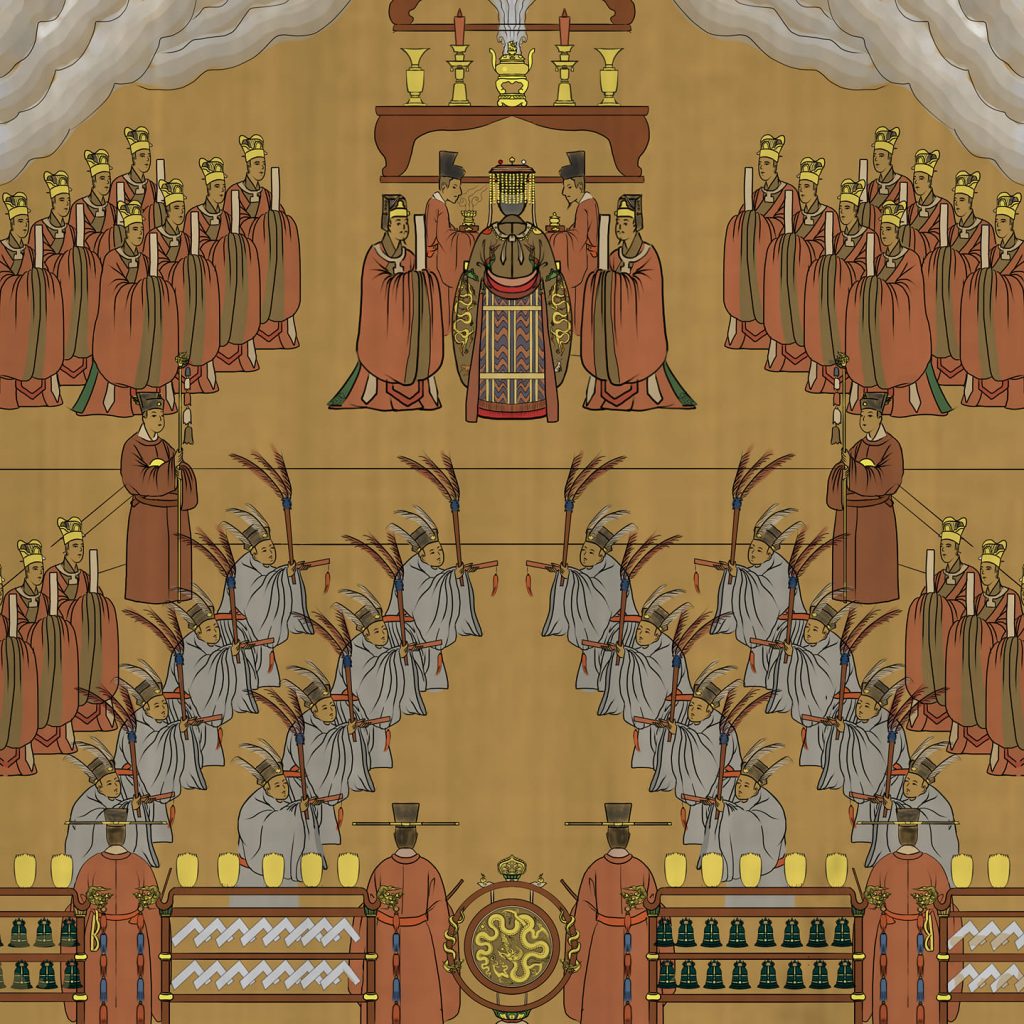
The
Tran Dynasty (1225 - 1400) was one of the most brilliant periods in Vietnamese history. This was a golden age with heroic feats in the resistance wars against the Yuan-Mongol invaders, as well as strong development in culture, education and religion. The
Tran Dynasty not only left a deep mark in the history of the Vietnamese people but also became a symbol of the spirit of solidarity and patriotism of the Dai Viet people.
The
Tran Dynasty began when King Tran Thai Tong ascended the throne in 1225 after seizing power from the
Ly Dynasty, lasting 175 years with 12 kings and the post-Tran Dynasty period had 2 kings in 7 years.
The most special mark of the
Tran Dynasty was the resistance war against the Yuan-Mongol invaders. This is one of the great wars of national defense in the history of the Vietnamese people.
The resistance war against the Yuan-Mongol invaders took place 3 times in the years: 1258, 1285 and 1288. At its peak in 1279, the Mongol Empire stretched 9,700 km, with a territory of up to 24 million km2, equivalent to 16% of the Earth's land area and ruled over 100 million subjects.
The
Tran Dynasty also left its mark on the period with the following decisions:
- For the first time in history, the National History Institute was established to specialize in compiling history, with the culmination being the first historical book of Vietnam, "Dai Viet Su Ky" compiled by Le Van Huu.
- Tran Hung Dao compiled "Binh Thu Yeu Luoc" - a complete military strategy document considered the first of its kind in Vietnam
- Developing Buddhism, King Tran Nhan Tong founded the Truc Lam Zen sect.
 In 1009, after King Le Long Dinh died, Ly Cong Uan was enthroned as emperor by the court, opening the prosperous Ly Dynasty in the feudal history of Vietnam. The Ly Dynasty contributed to making feudal Vietnam a prosperous nation in the 11th-12th centuries with 8 kings reigning. During its more than 2 centuries of existence, the Ly Dynasty made many contributions to the Vietnamese people.
In 1009, after King Le Long Dinh died, Ly Cong Uan was enthroned as emperor by the court, opening the prosperous Ly Dynasty in the feudal history of Vietnam. The Ly Dynasty contributed to making feudal Vietnam a prosperous nation in the 11th-12th centuries with 8 kings reigning. During its more than 2 centuries of existence, the Ly Dynasty made many contributions to the Vietnamese people. The Tran Dynasty (1225 - 1400) was one of the most brilliant periods in Vietnamese history. This was a golden age with heroic feats in the resistance wars against the Yuan-Mongol invaders, as well as strong development in culture, education and religion. The Tran Dynasty not only left a deep mark in the history of the Vietnamese people but also became a symbol of the spirit of solidarity and patriotism of the Dai Viet people.
The Tran Dynasty (1225 - 1400) was one of the most brilliant periods in Vietnamese history. This was a golden age with heroic feats in the resistance wars against the Yuan-Mongol invaders, as well as strong development in culture, education and religion. The Tran Dynasty not only left a deep mark in the history of the Vietnamese people but also became a symbol of the spirit of solidarity and patriotism of the Dai Viet people.











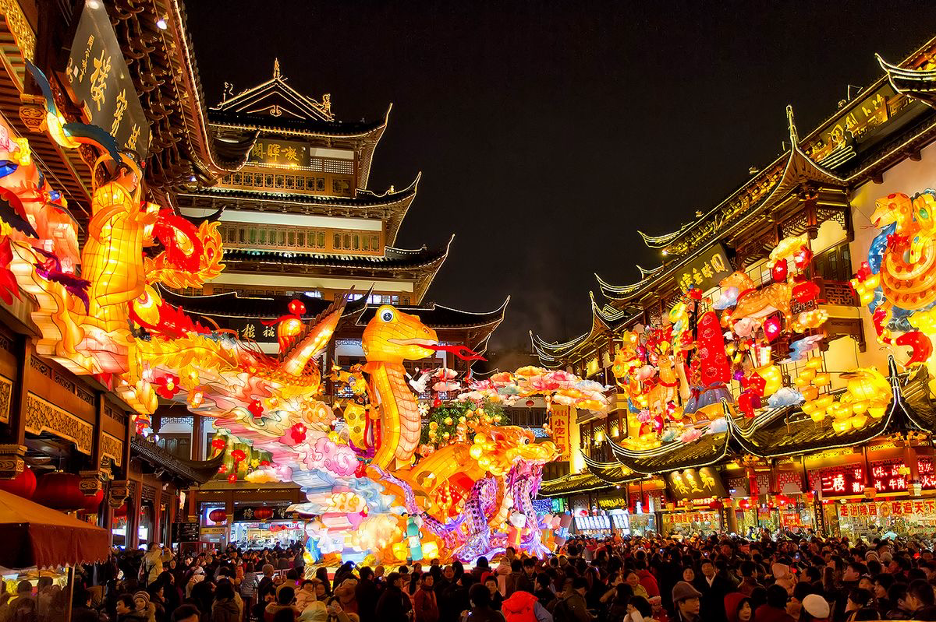












.jpg)



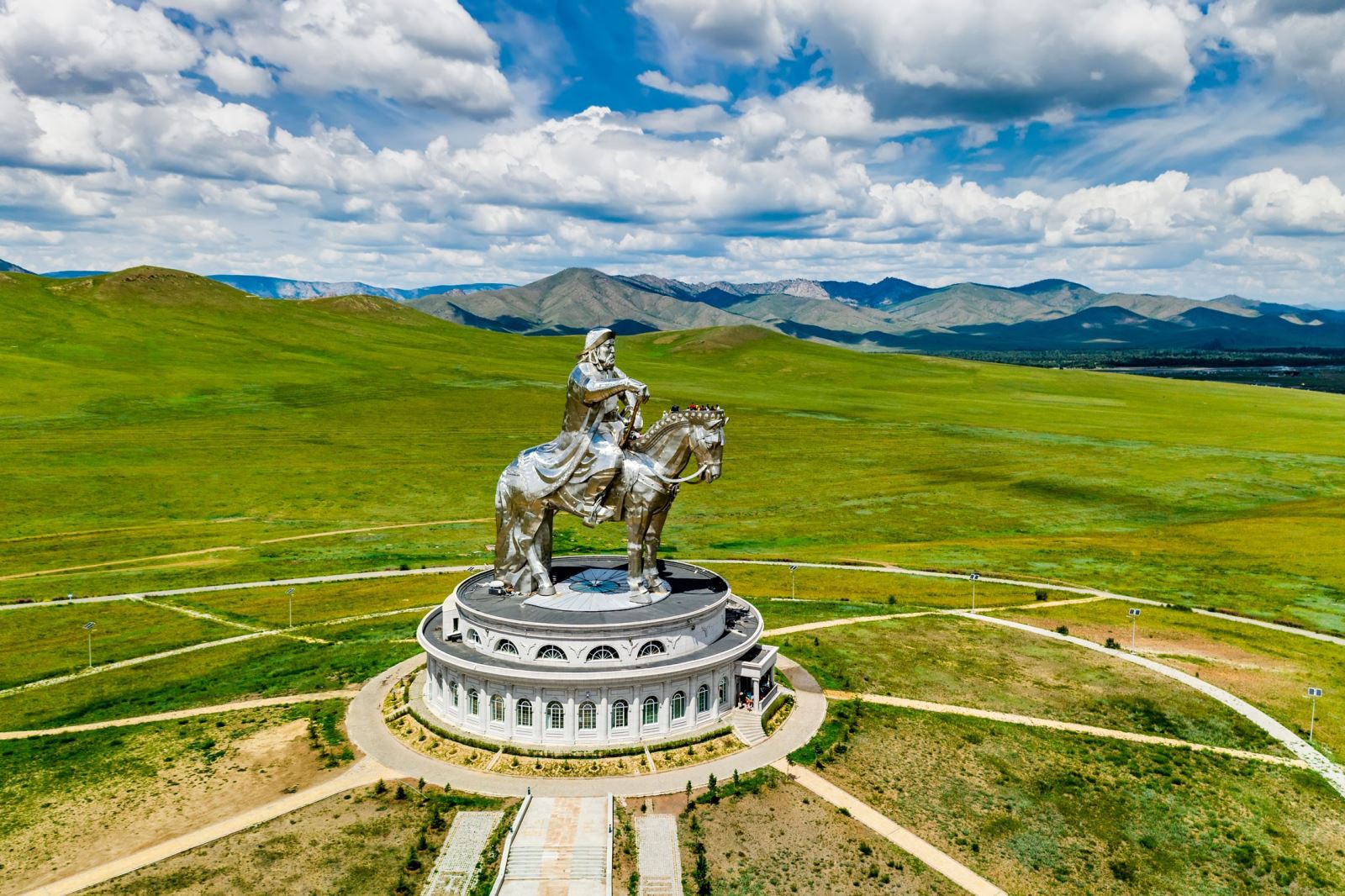

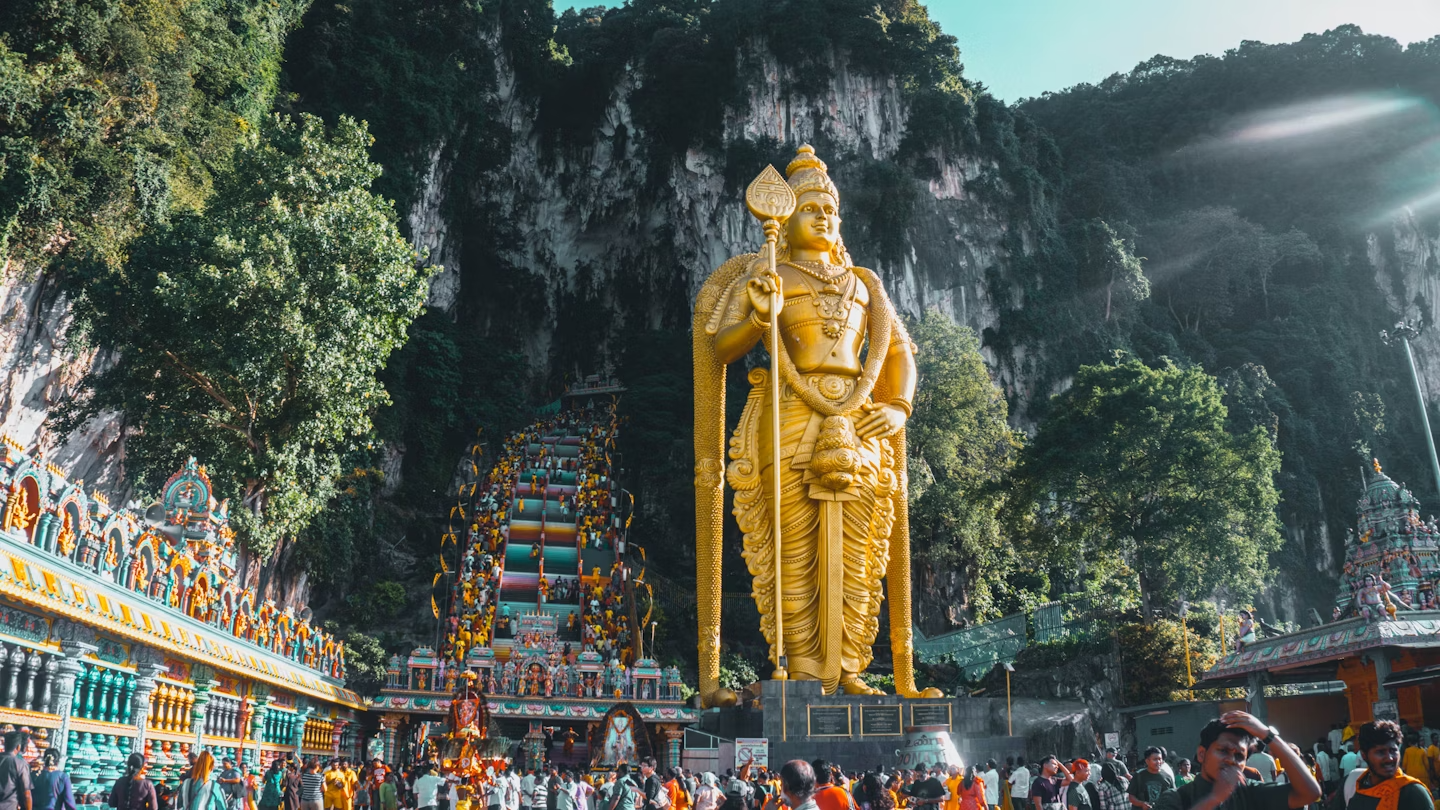

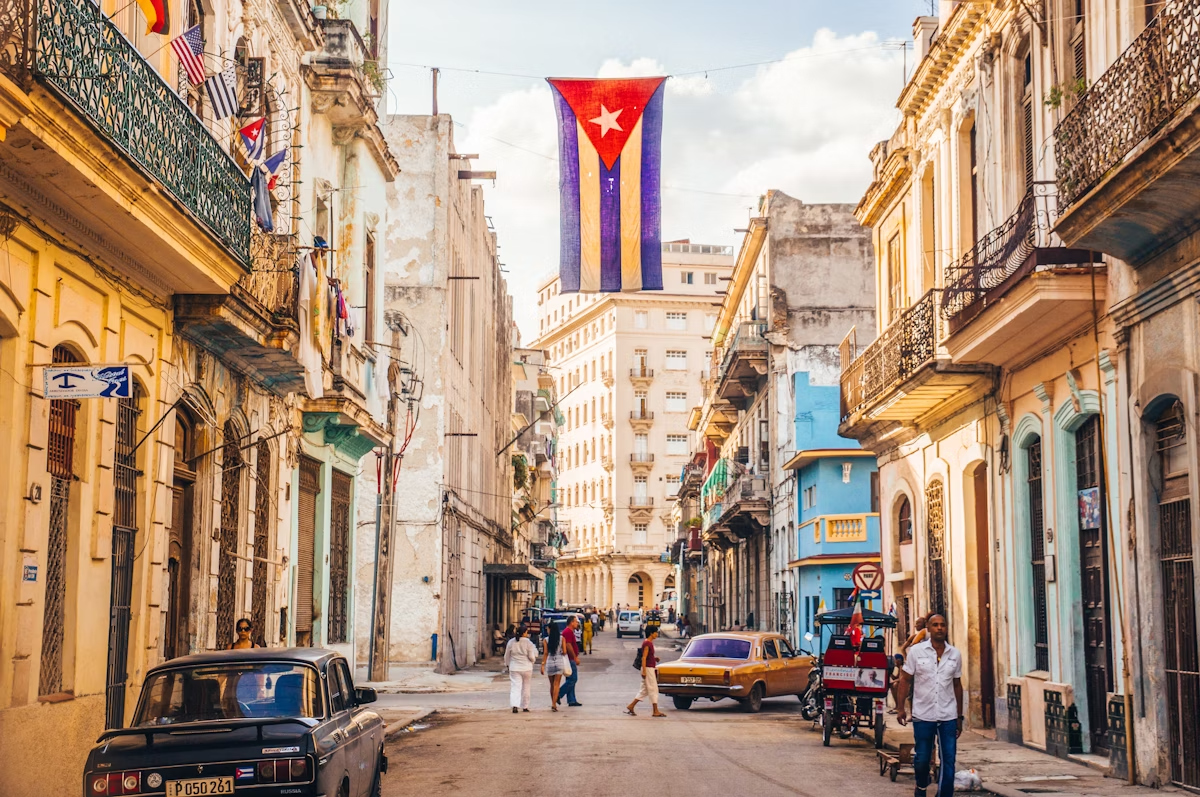

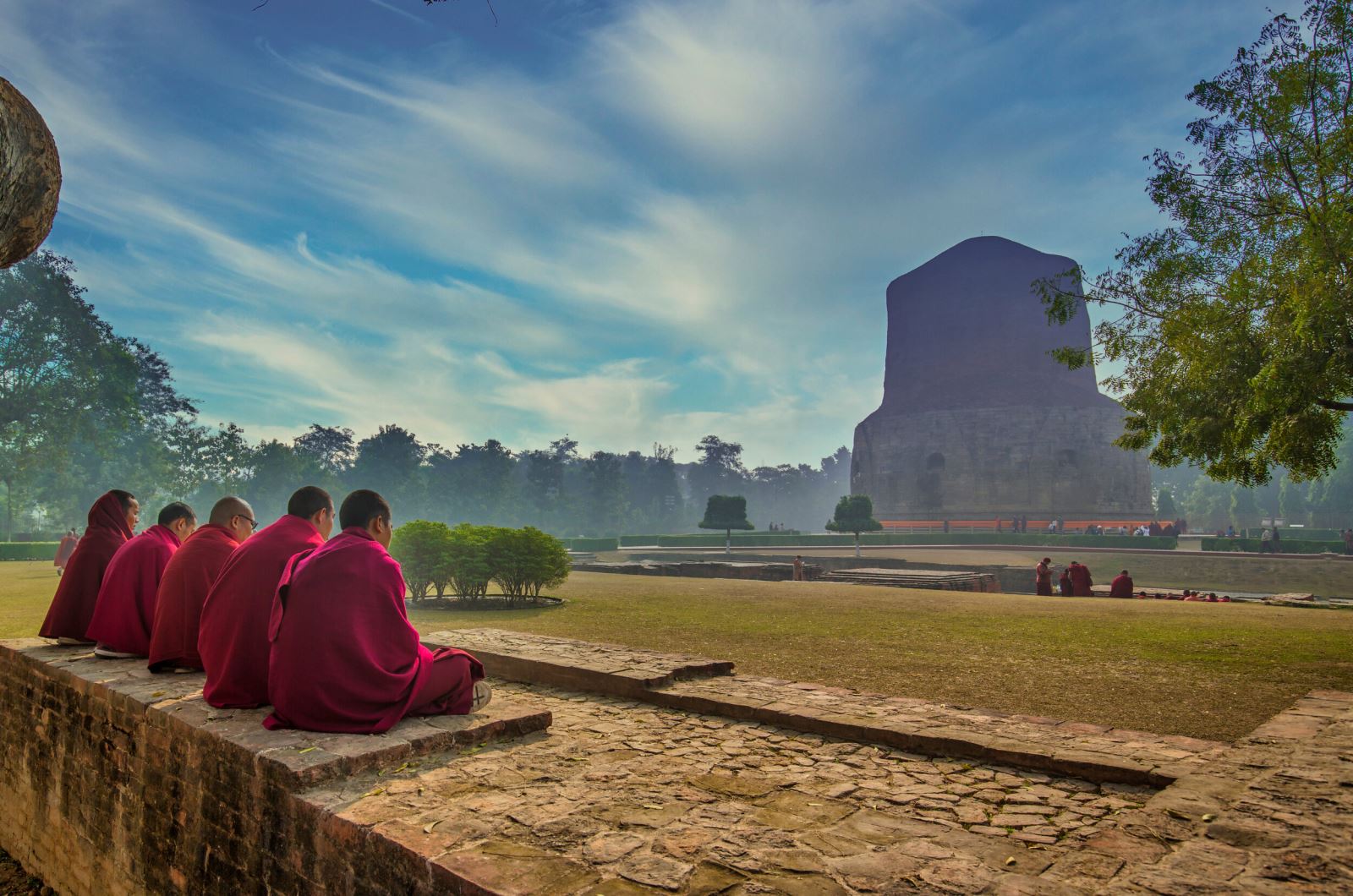



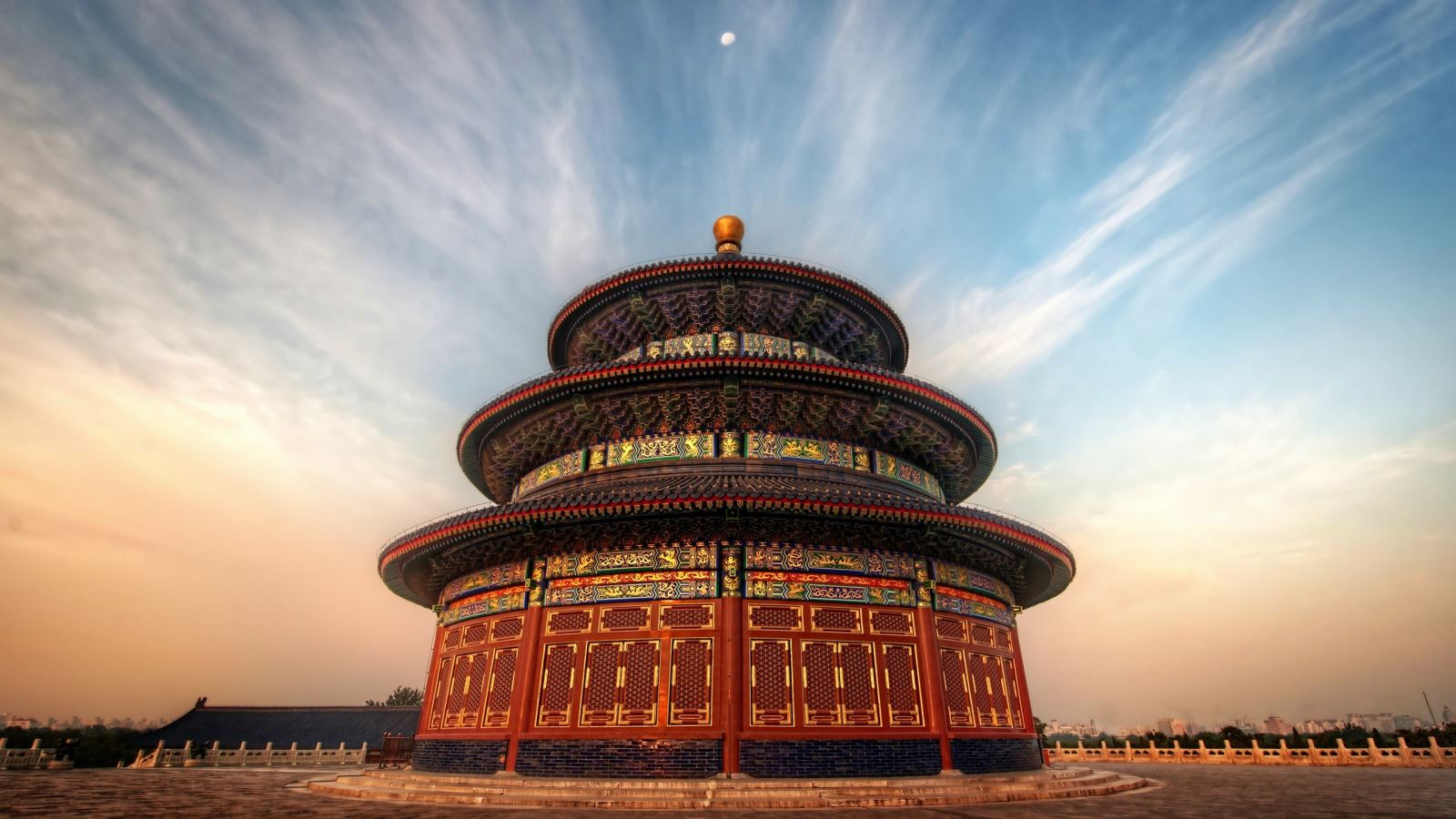
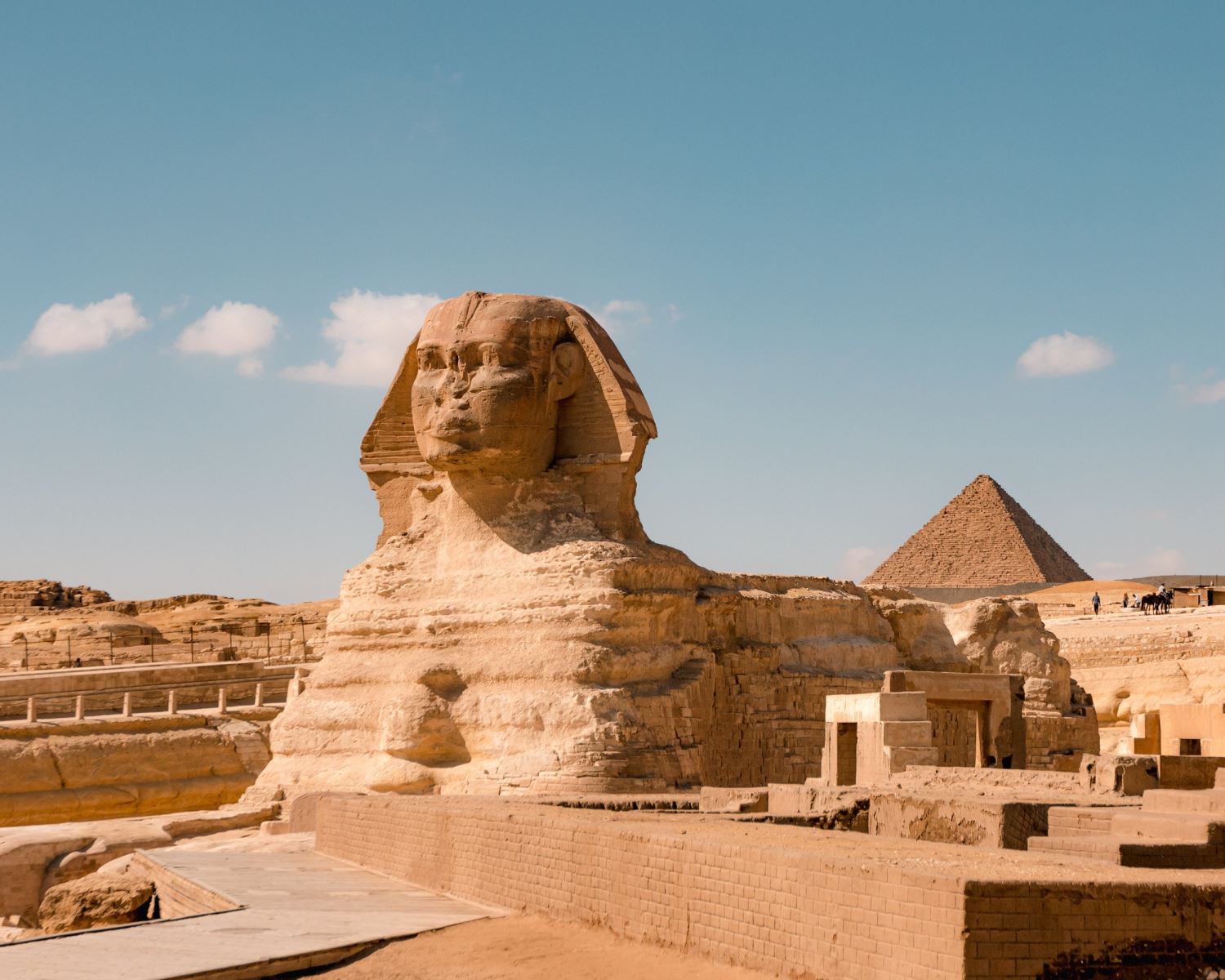




.png)












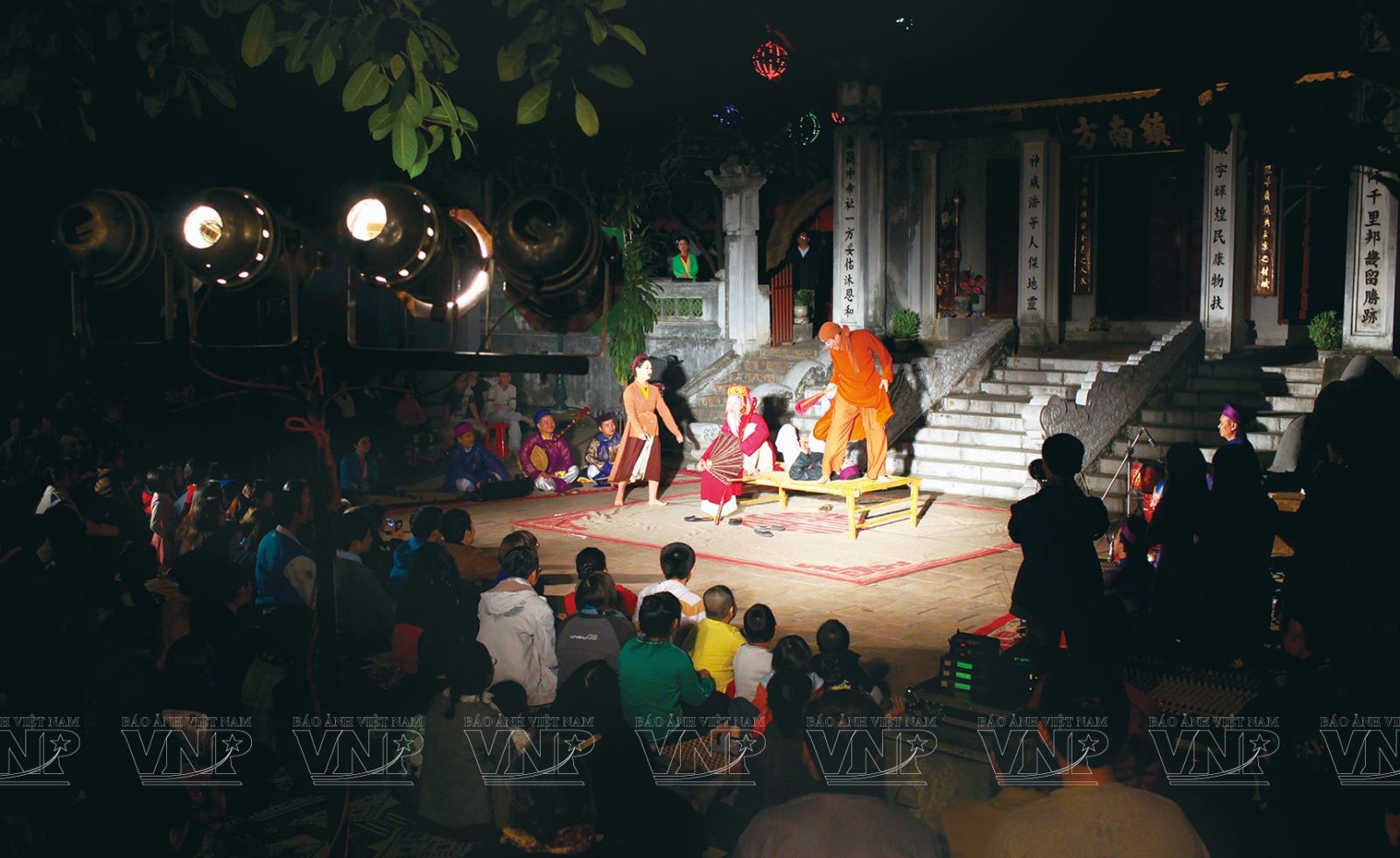
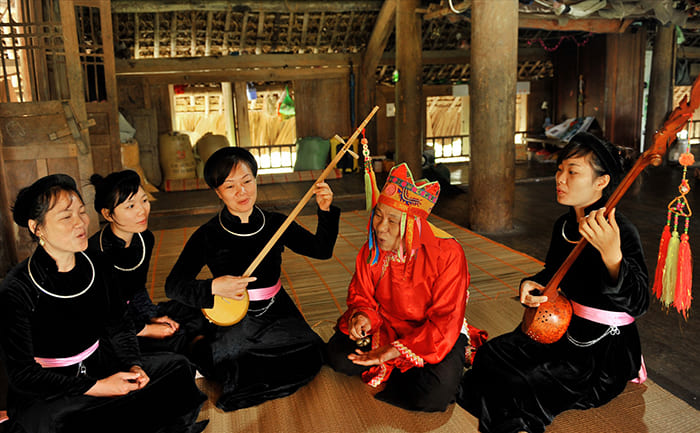
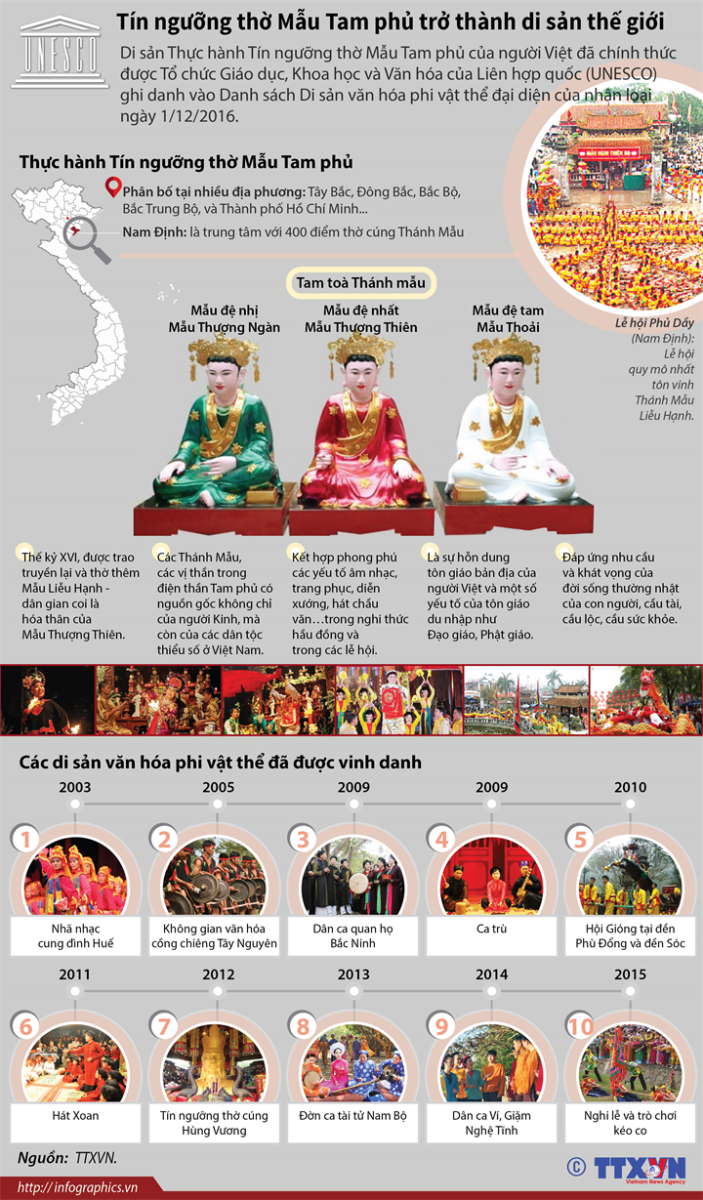
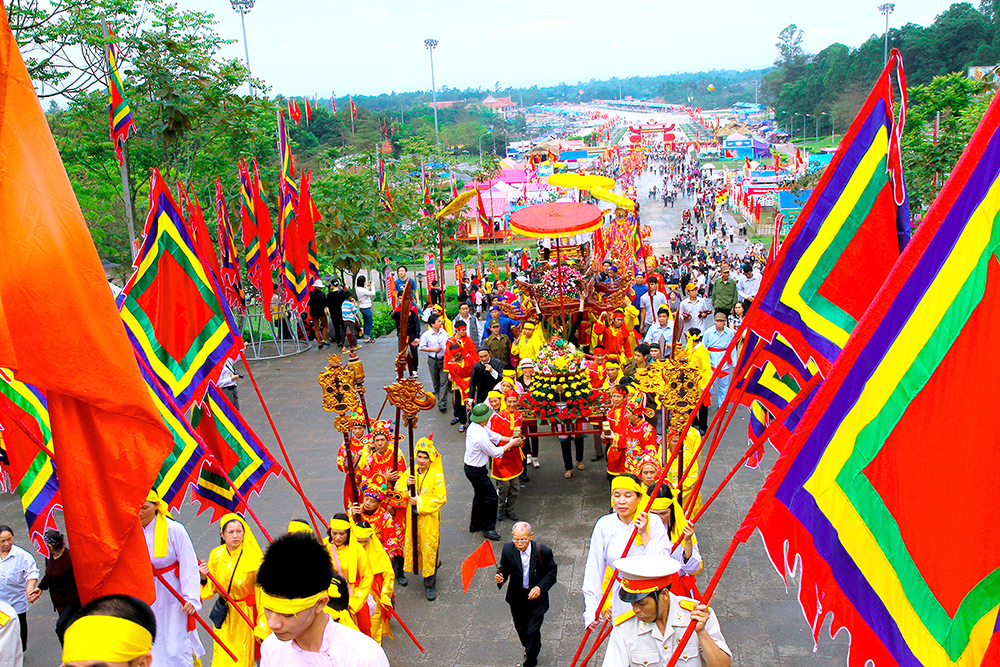
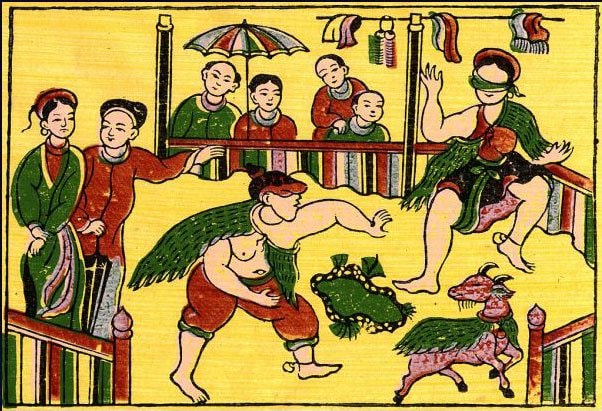


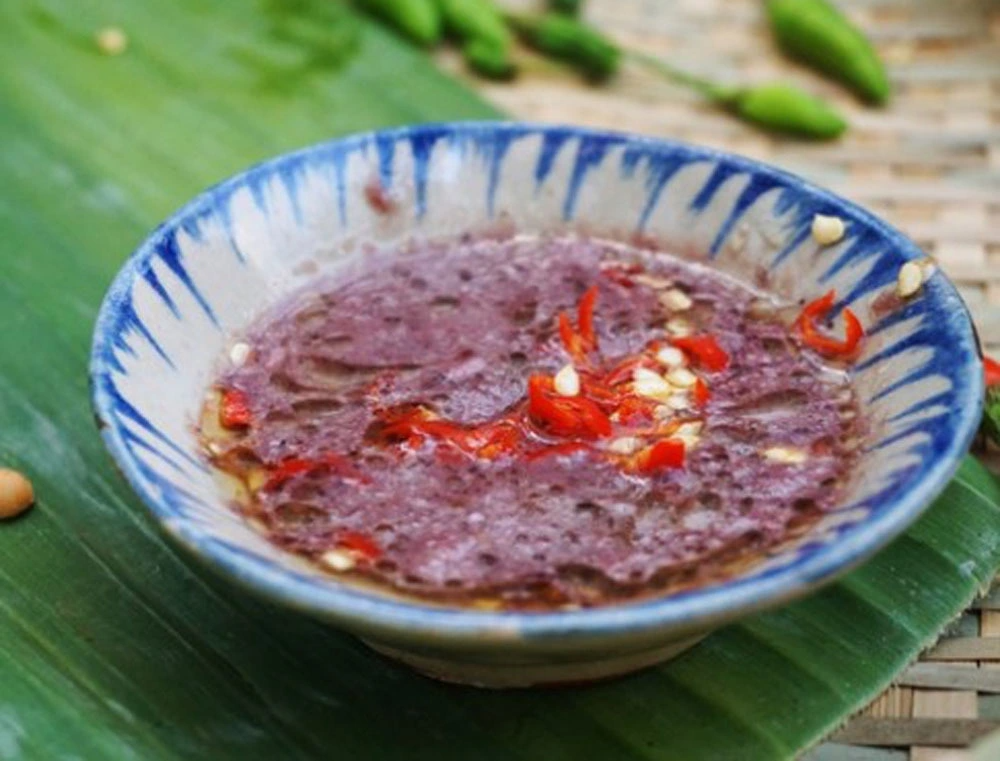
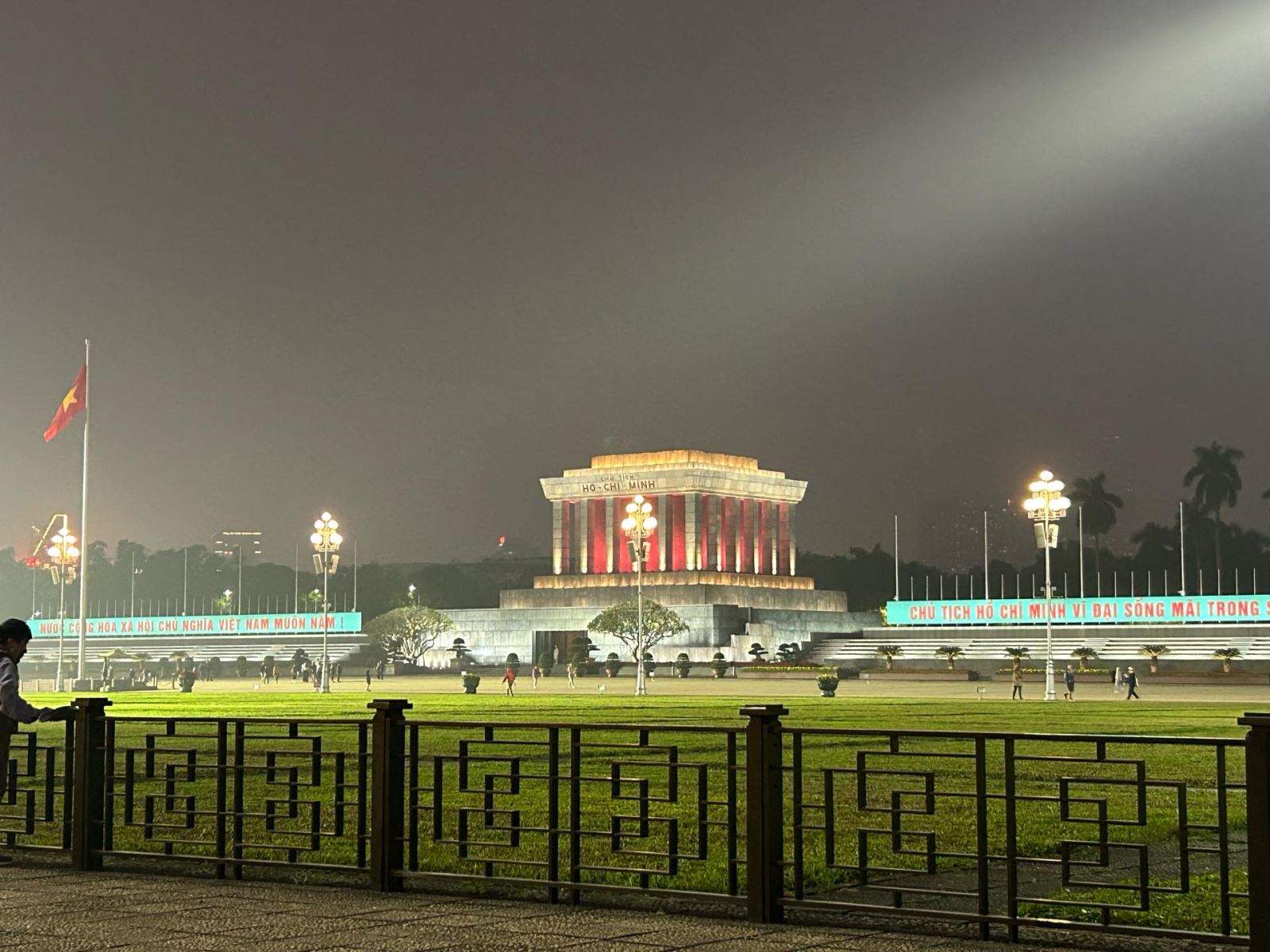



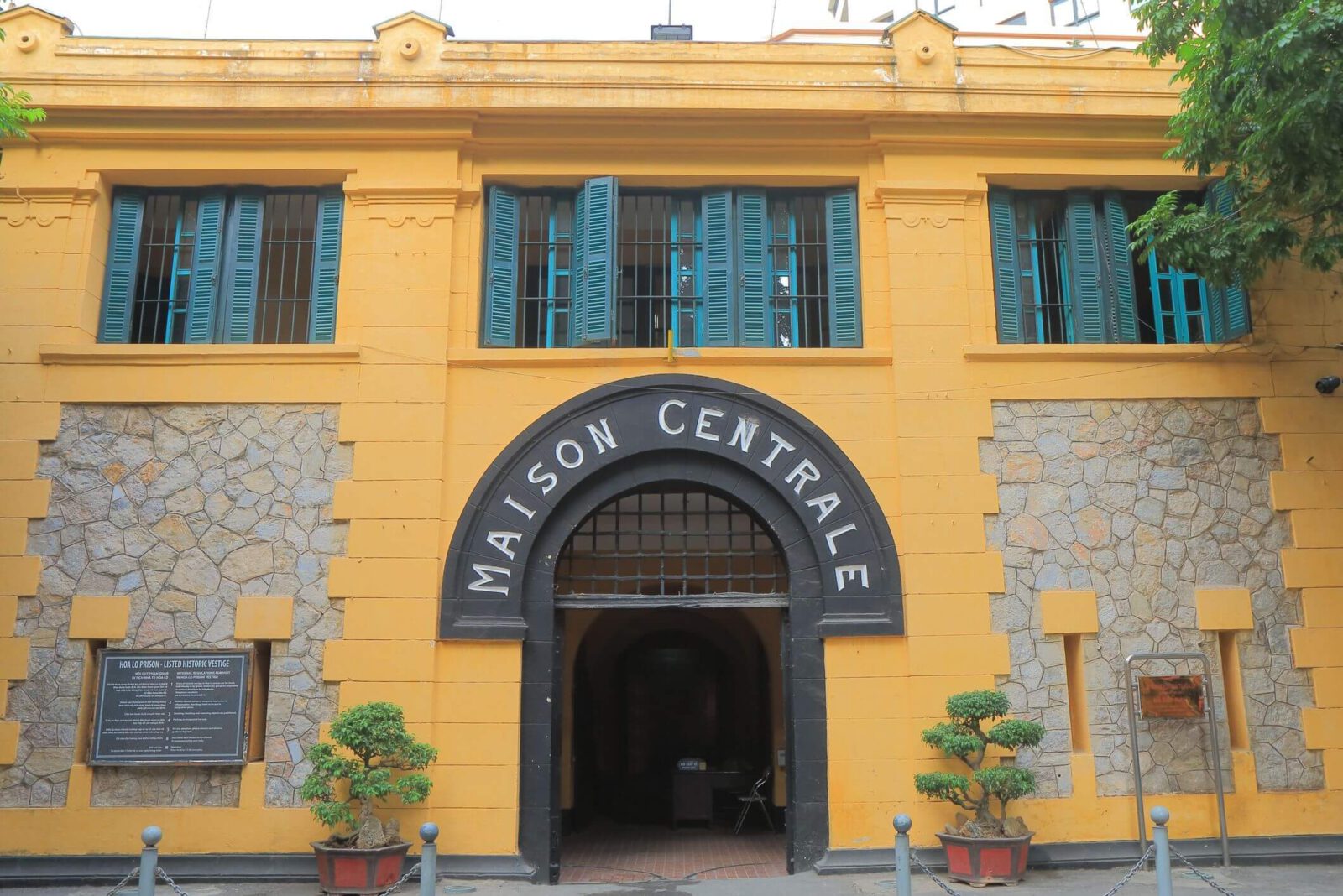

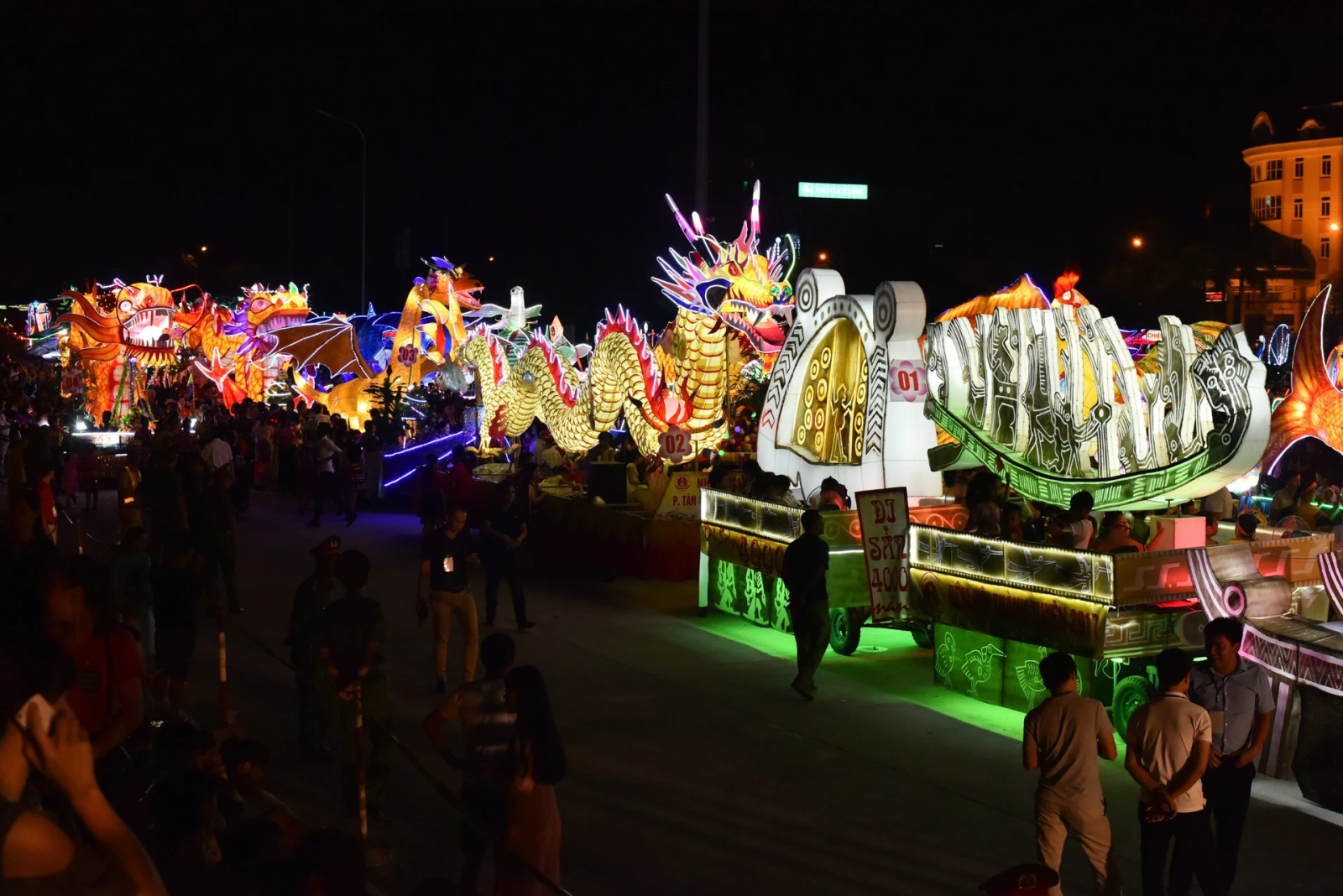





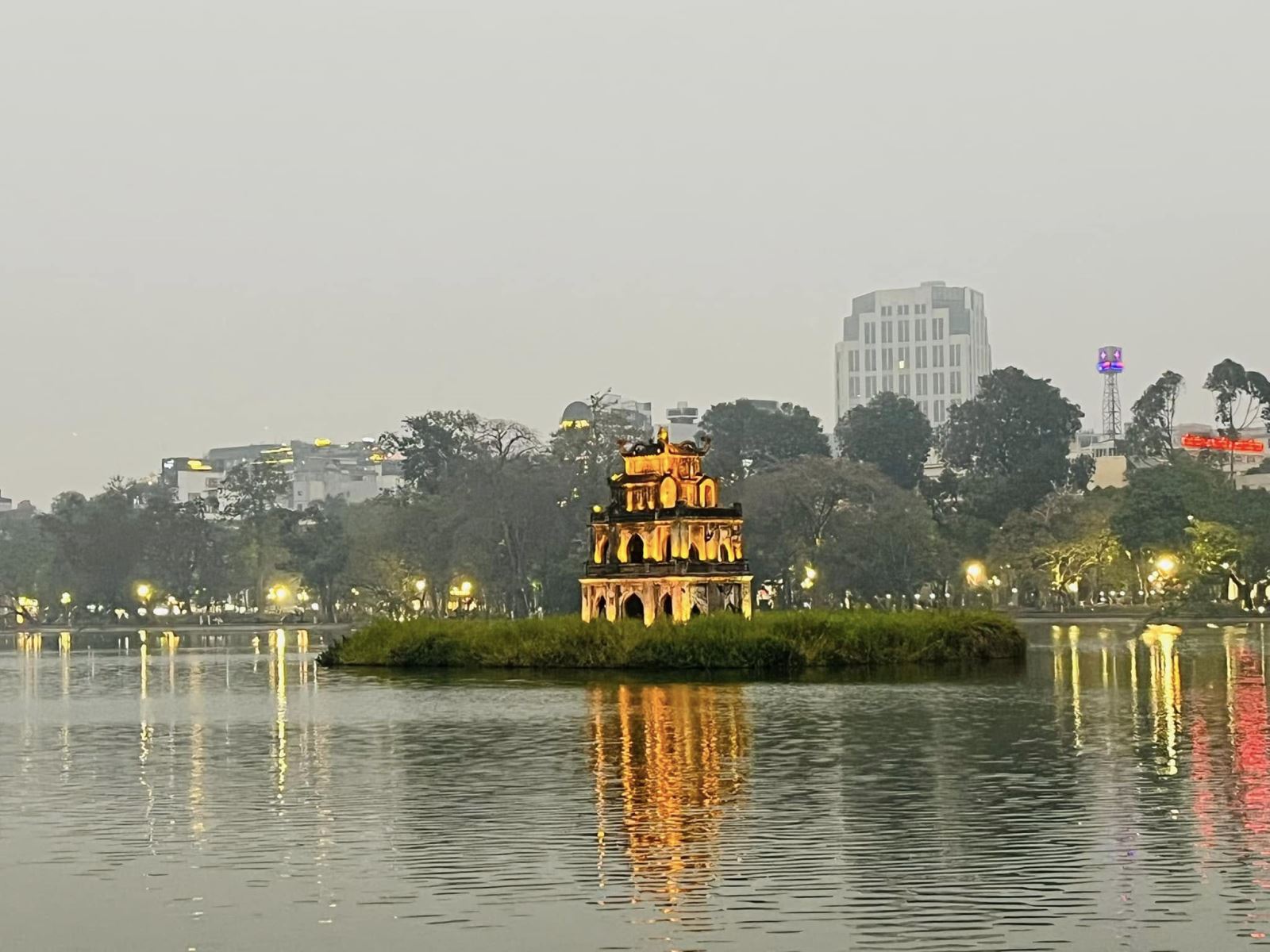

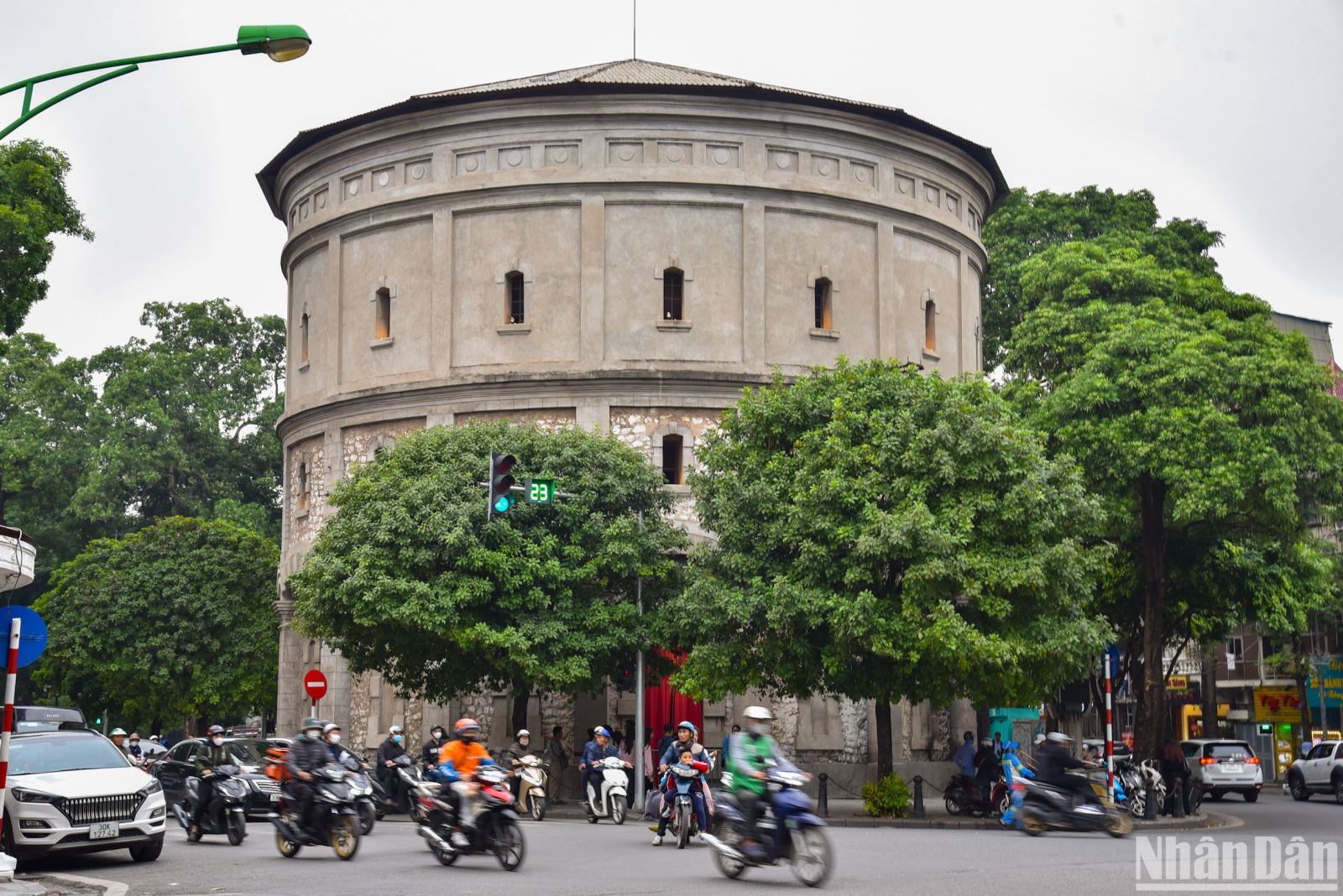
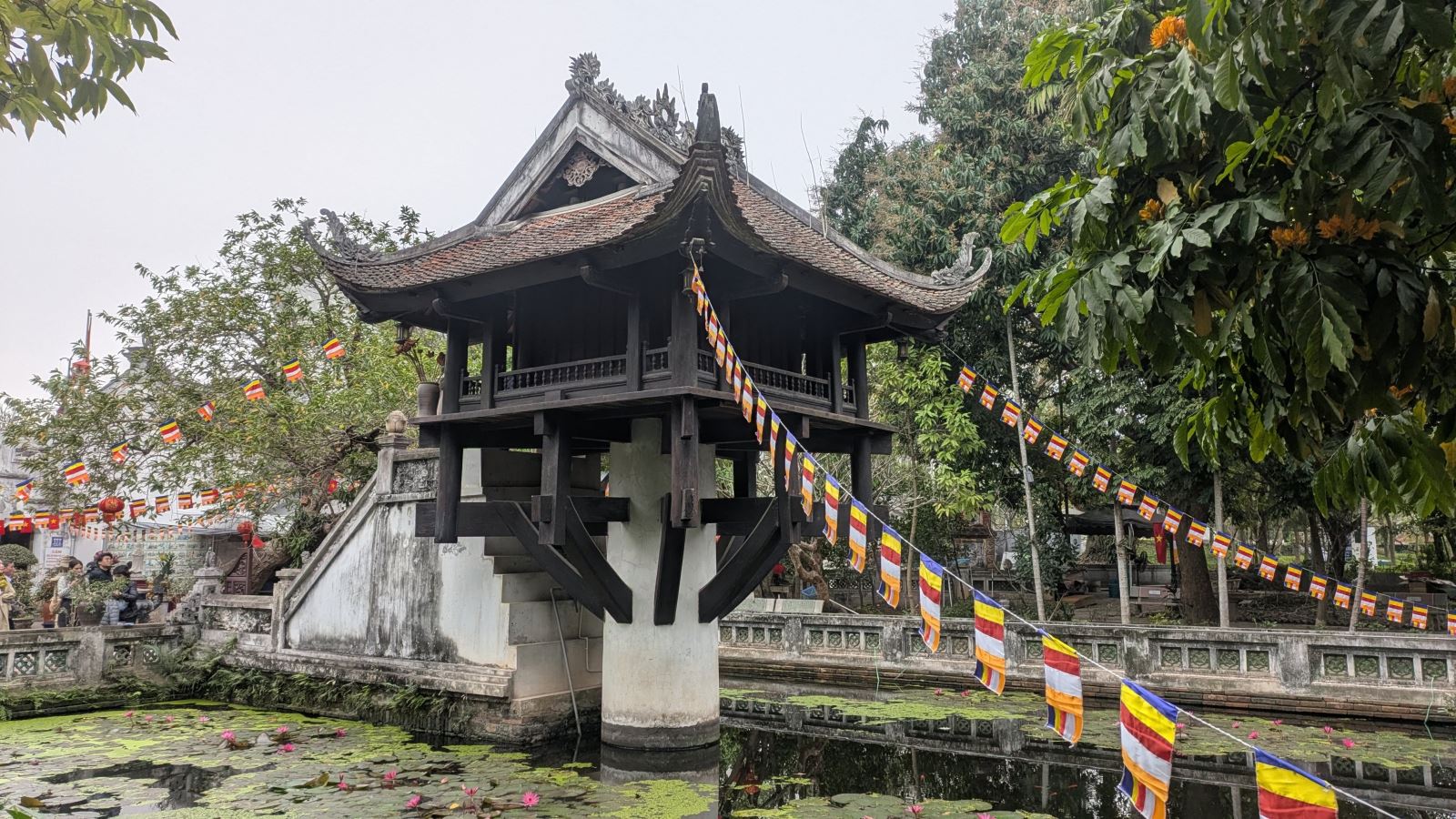
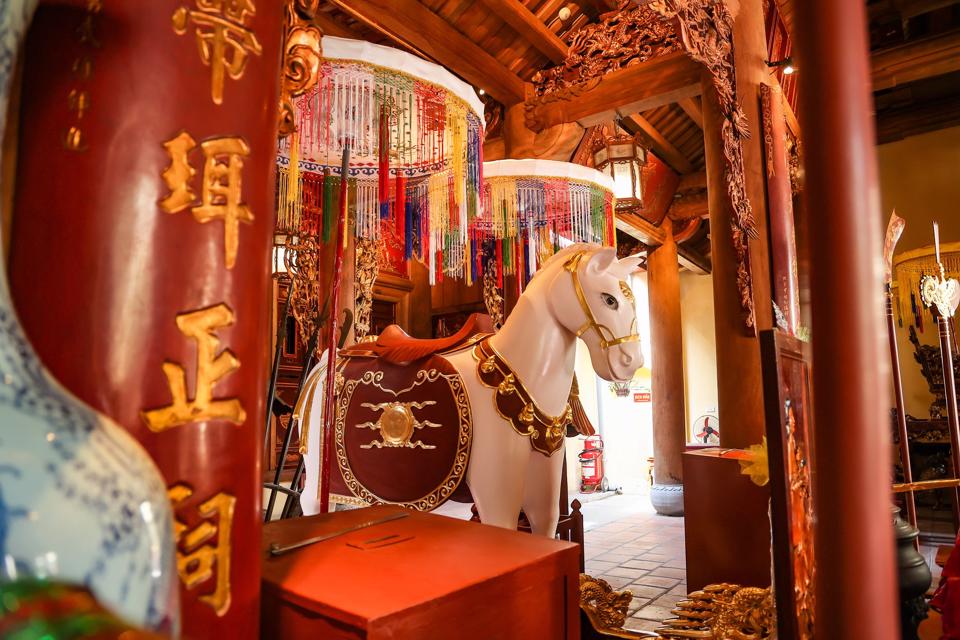
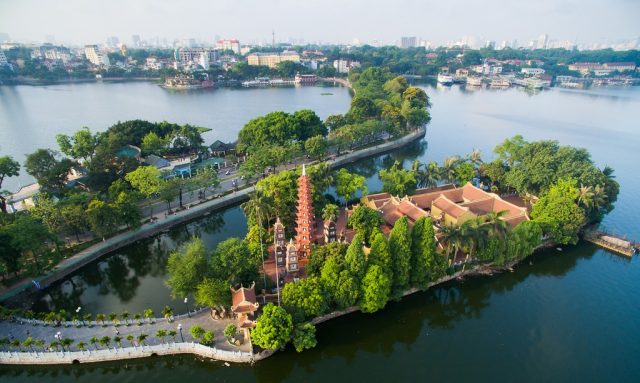
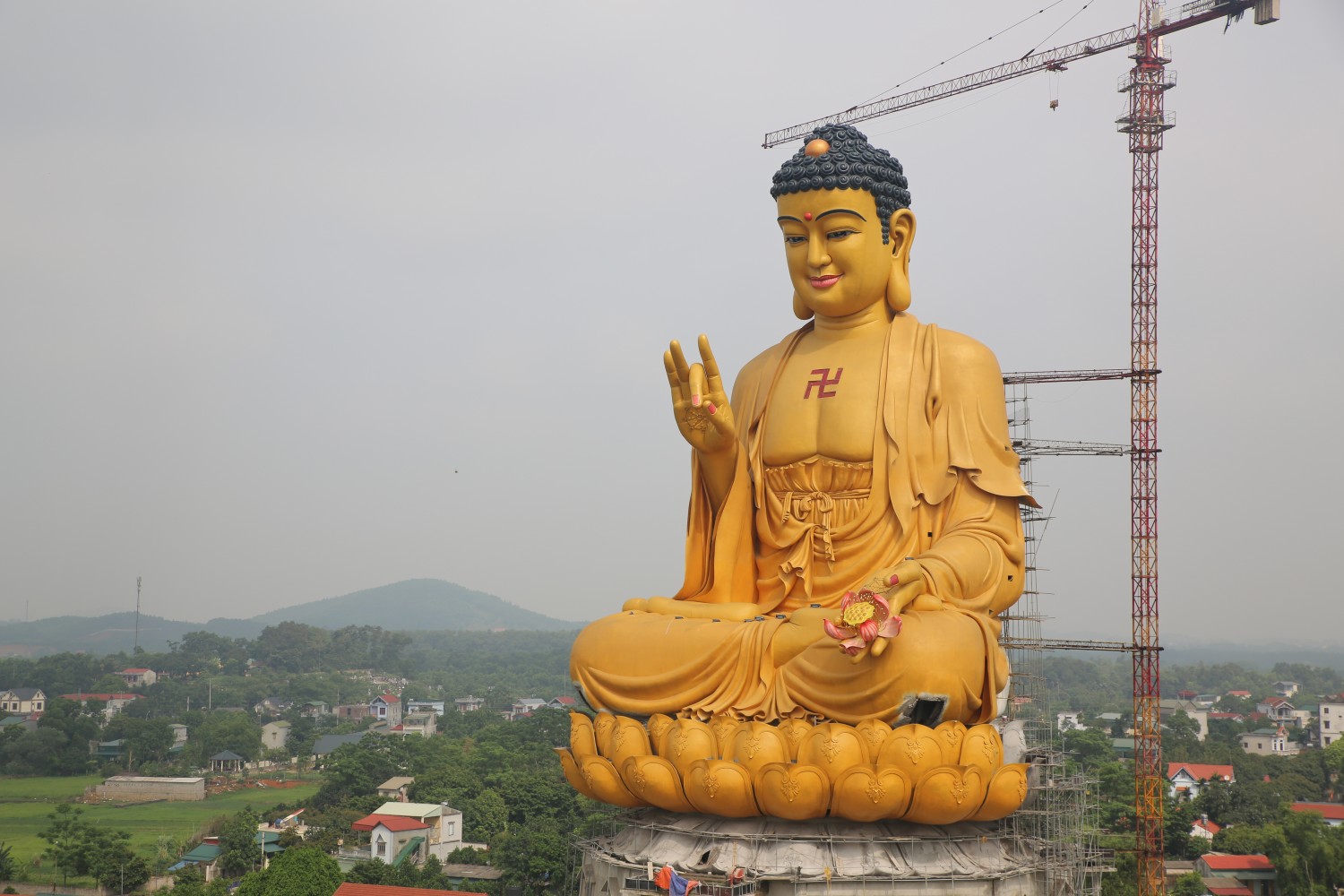


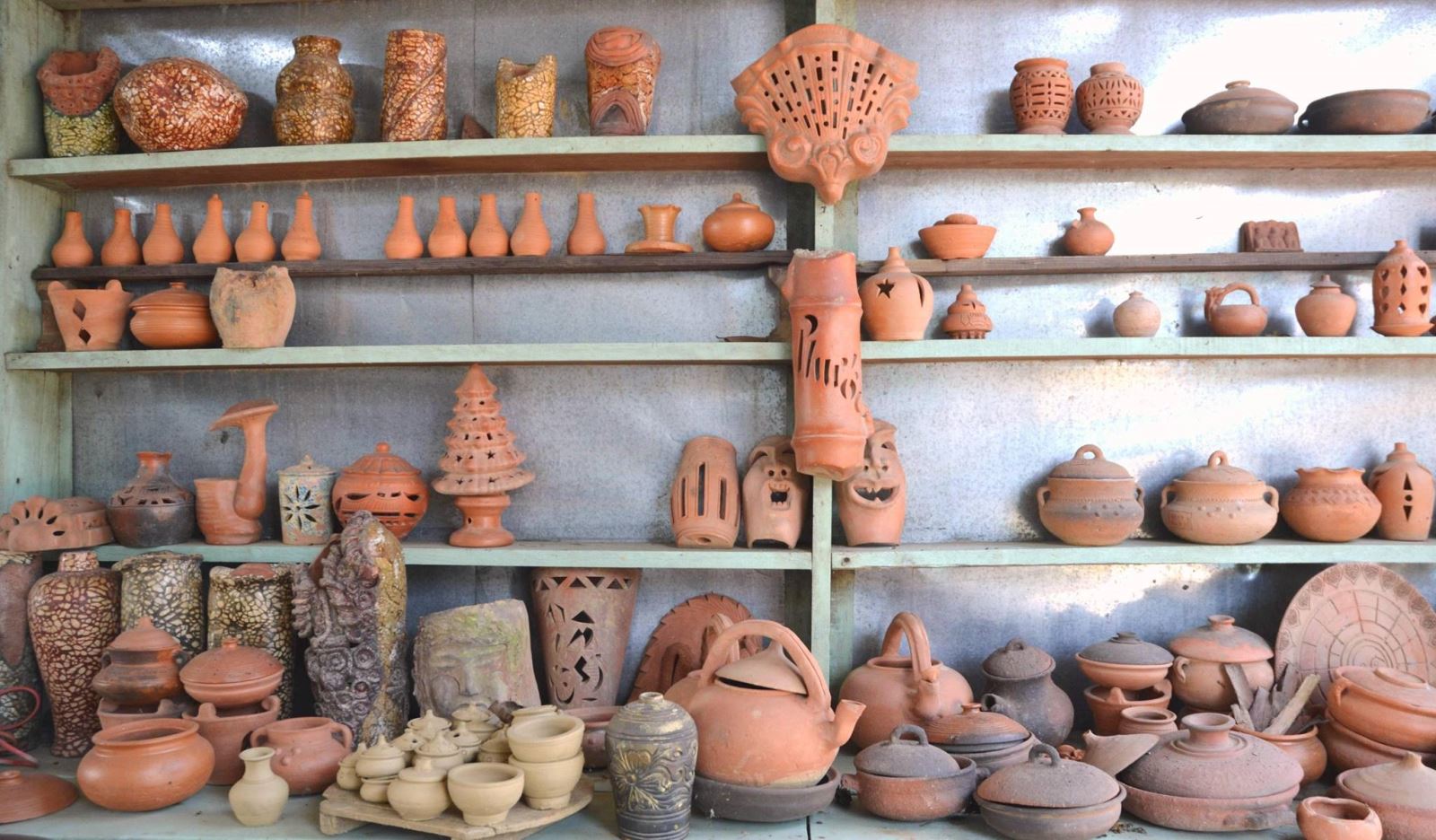
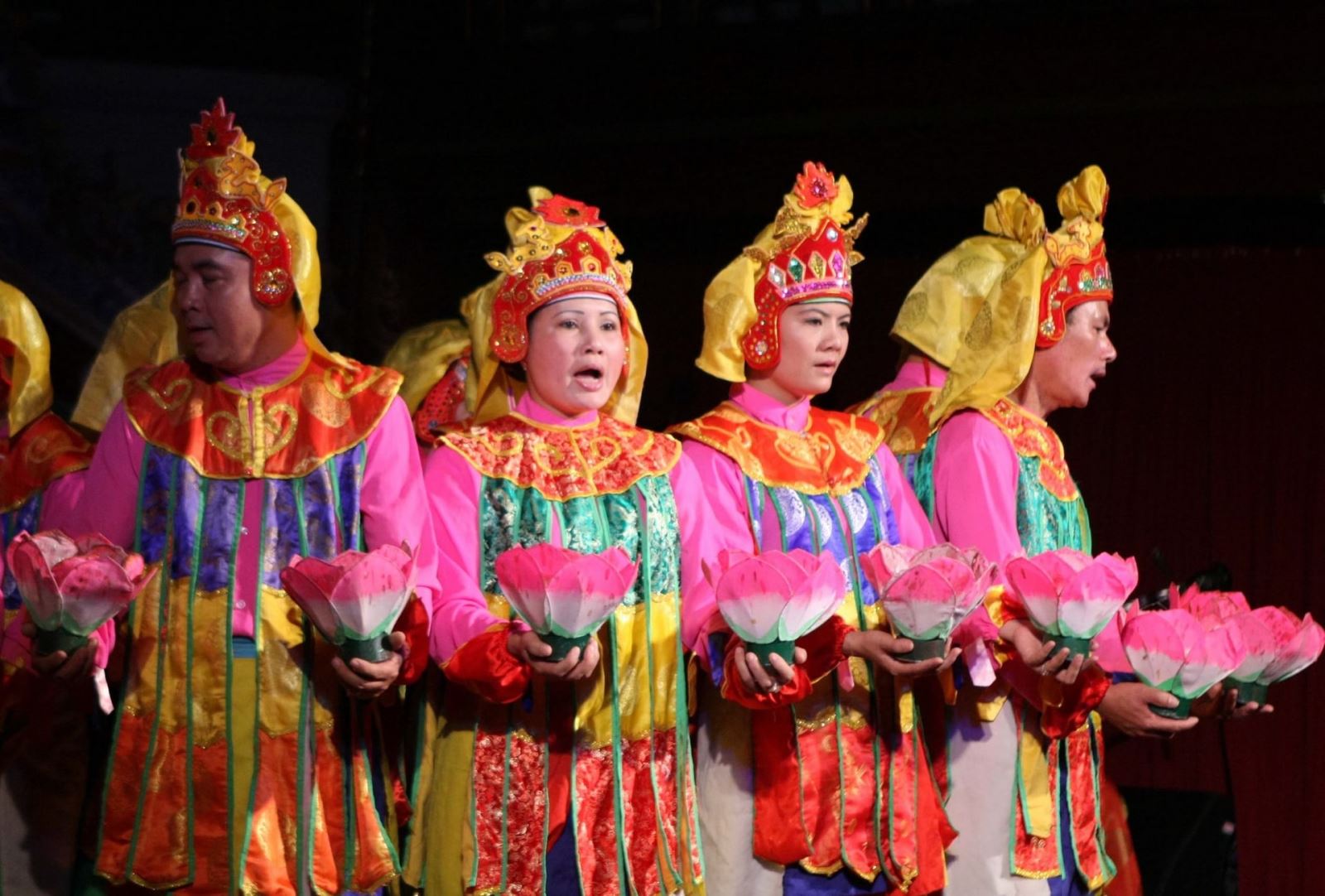
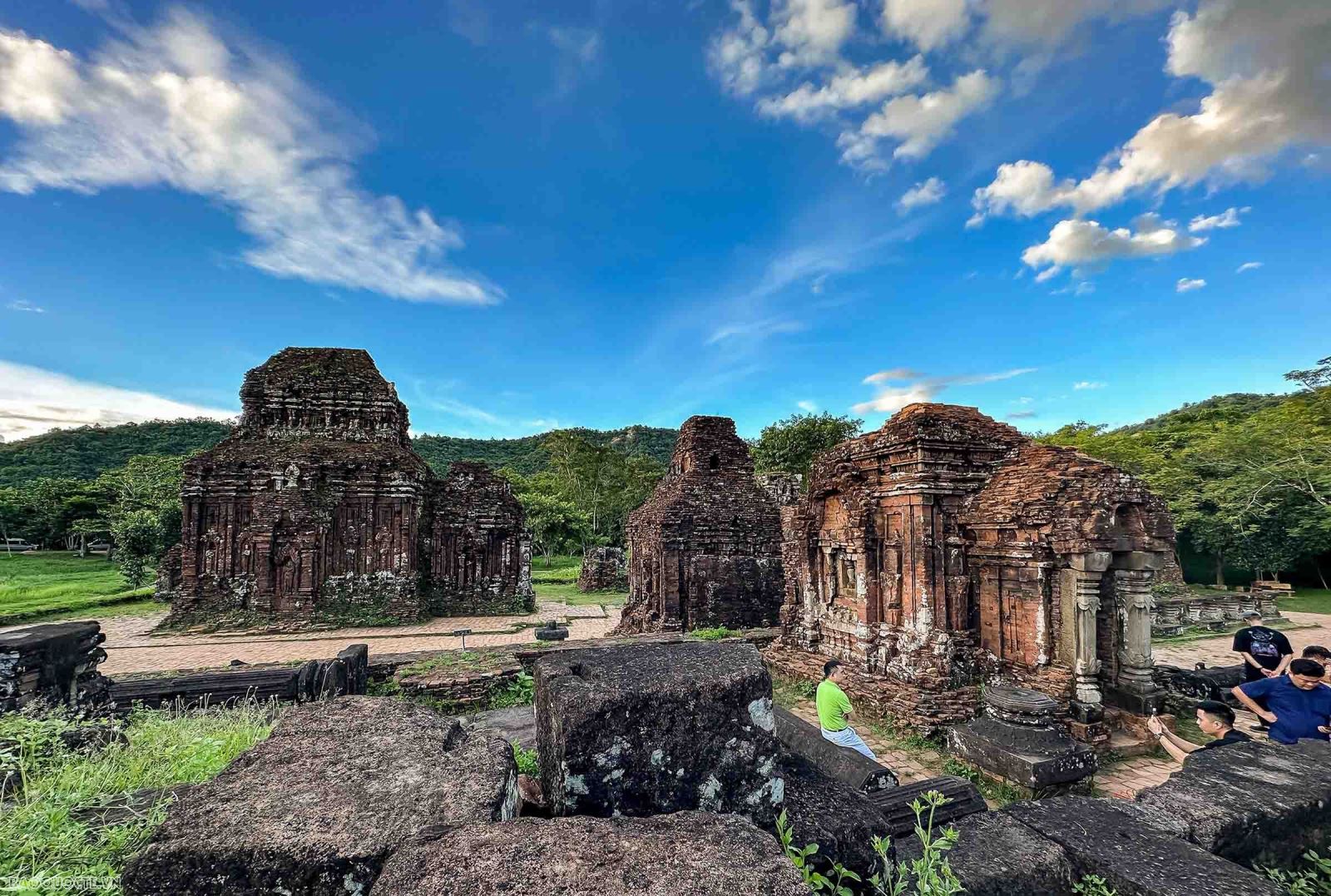
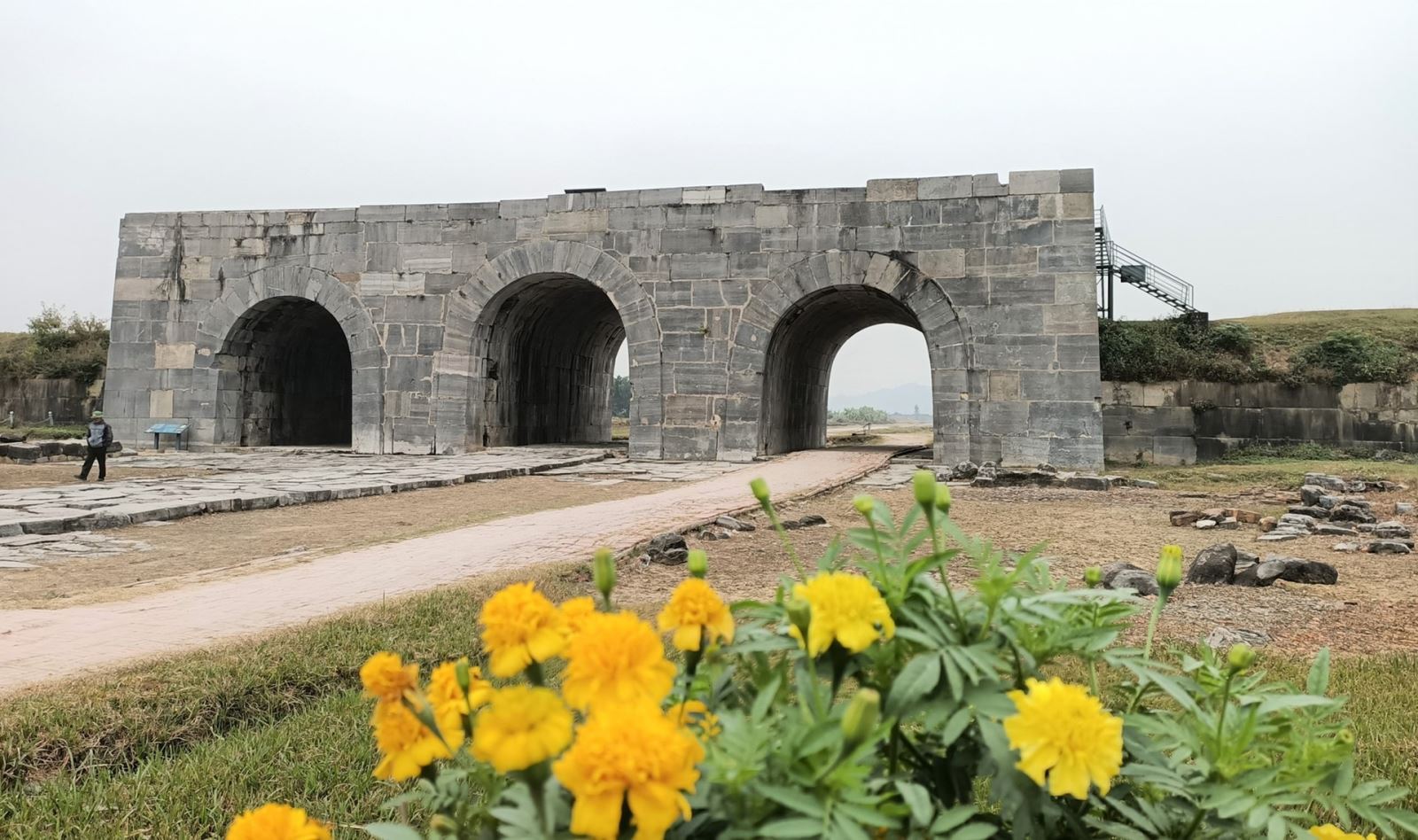





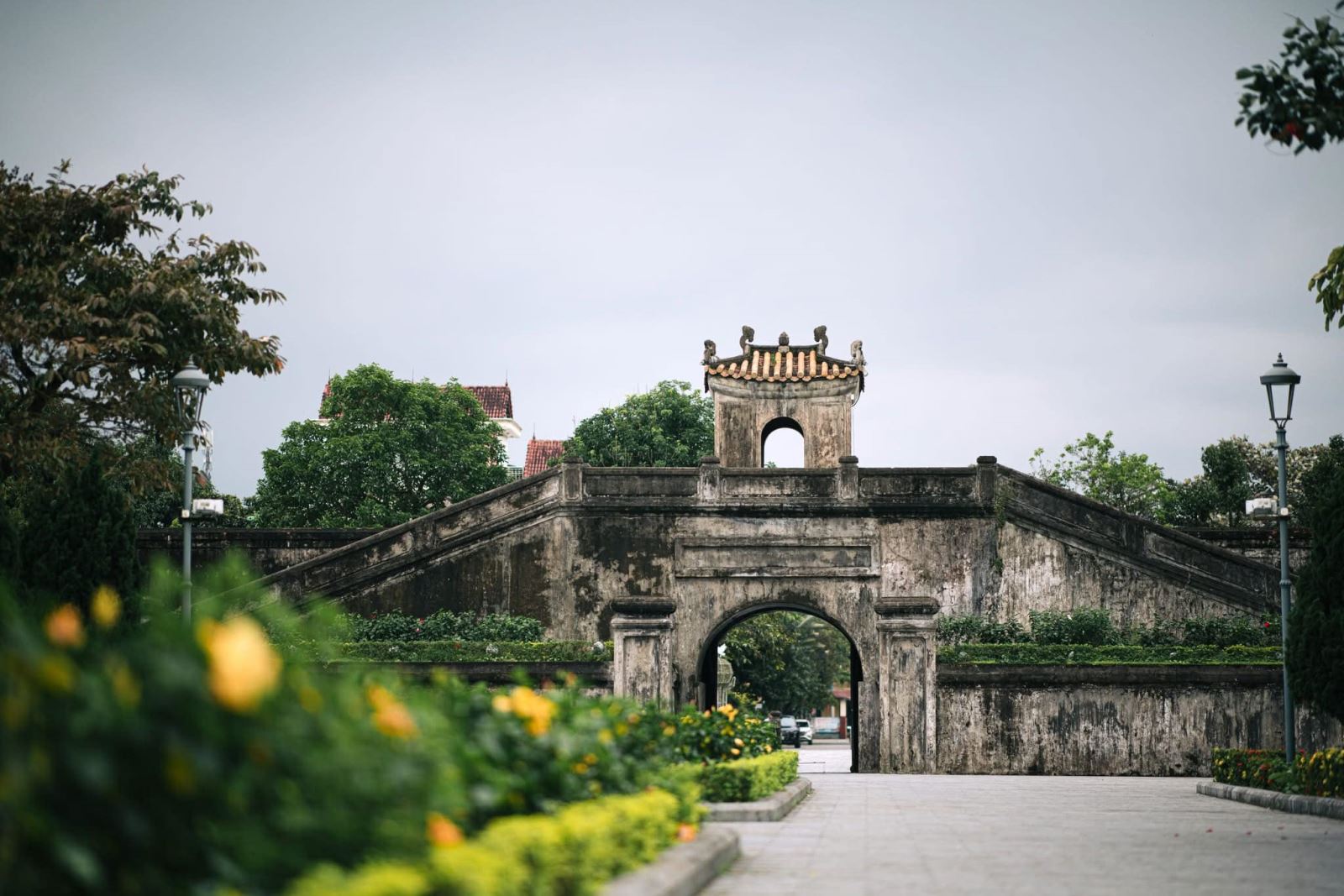
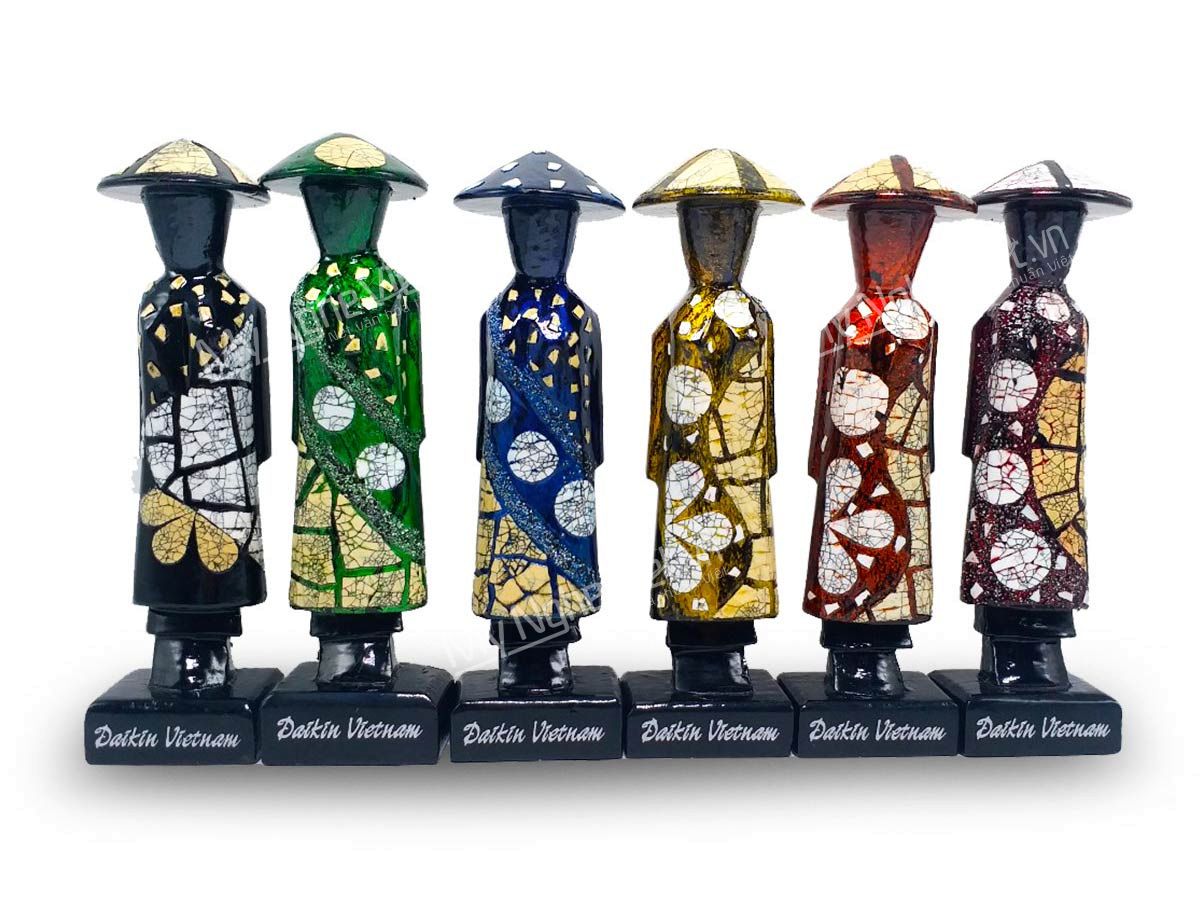
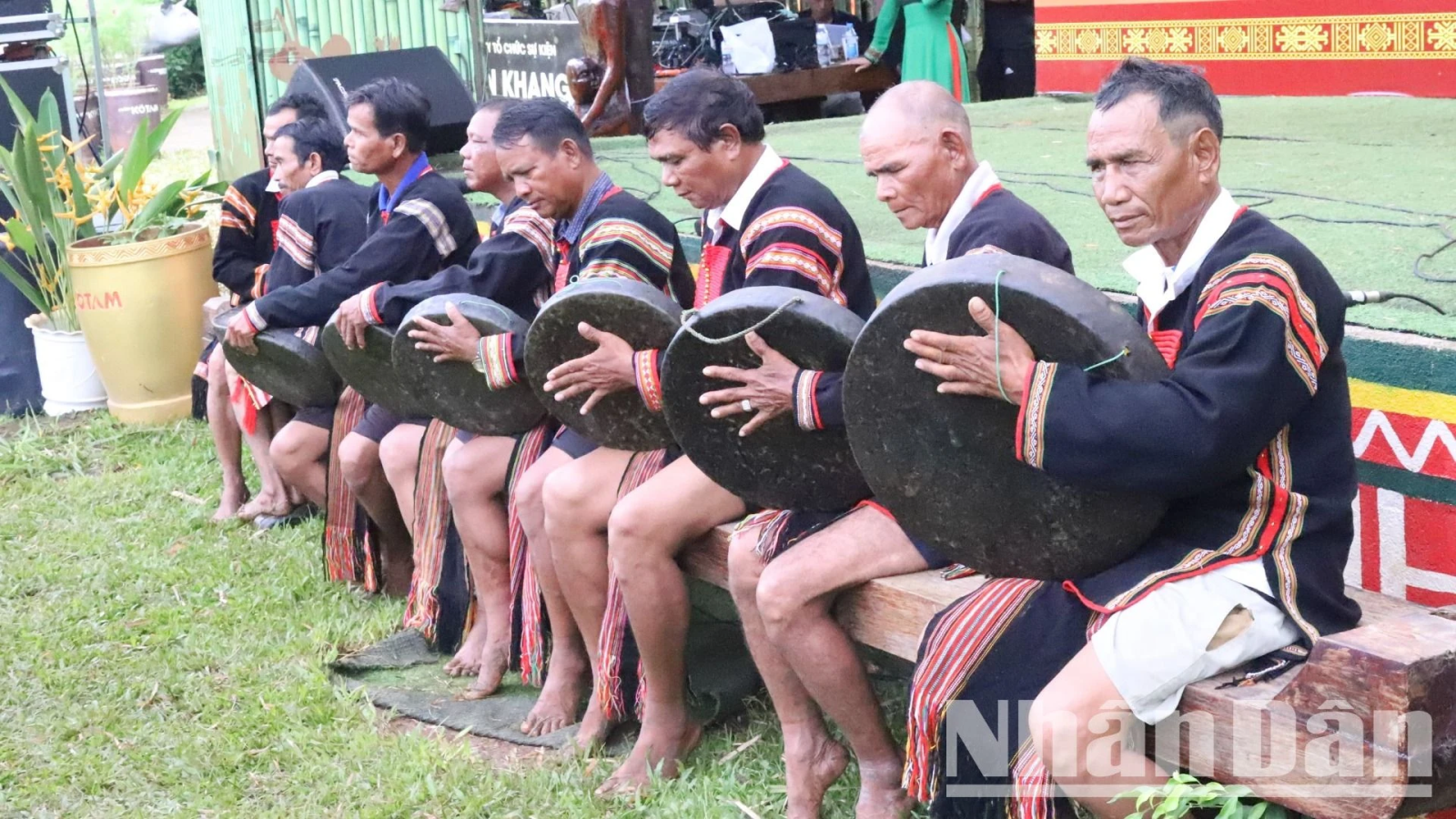


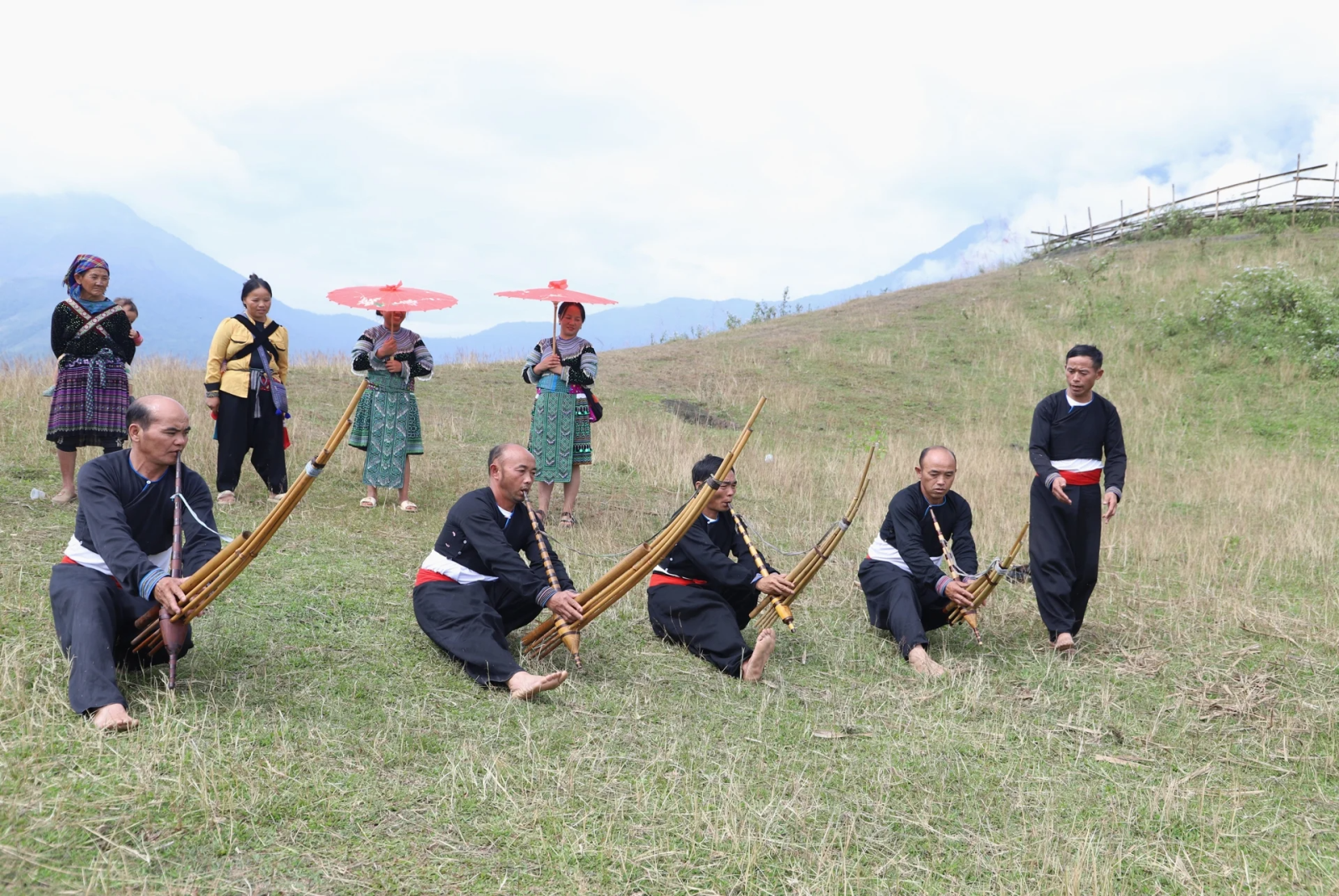


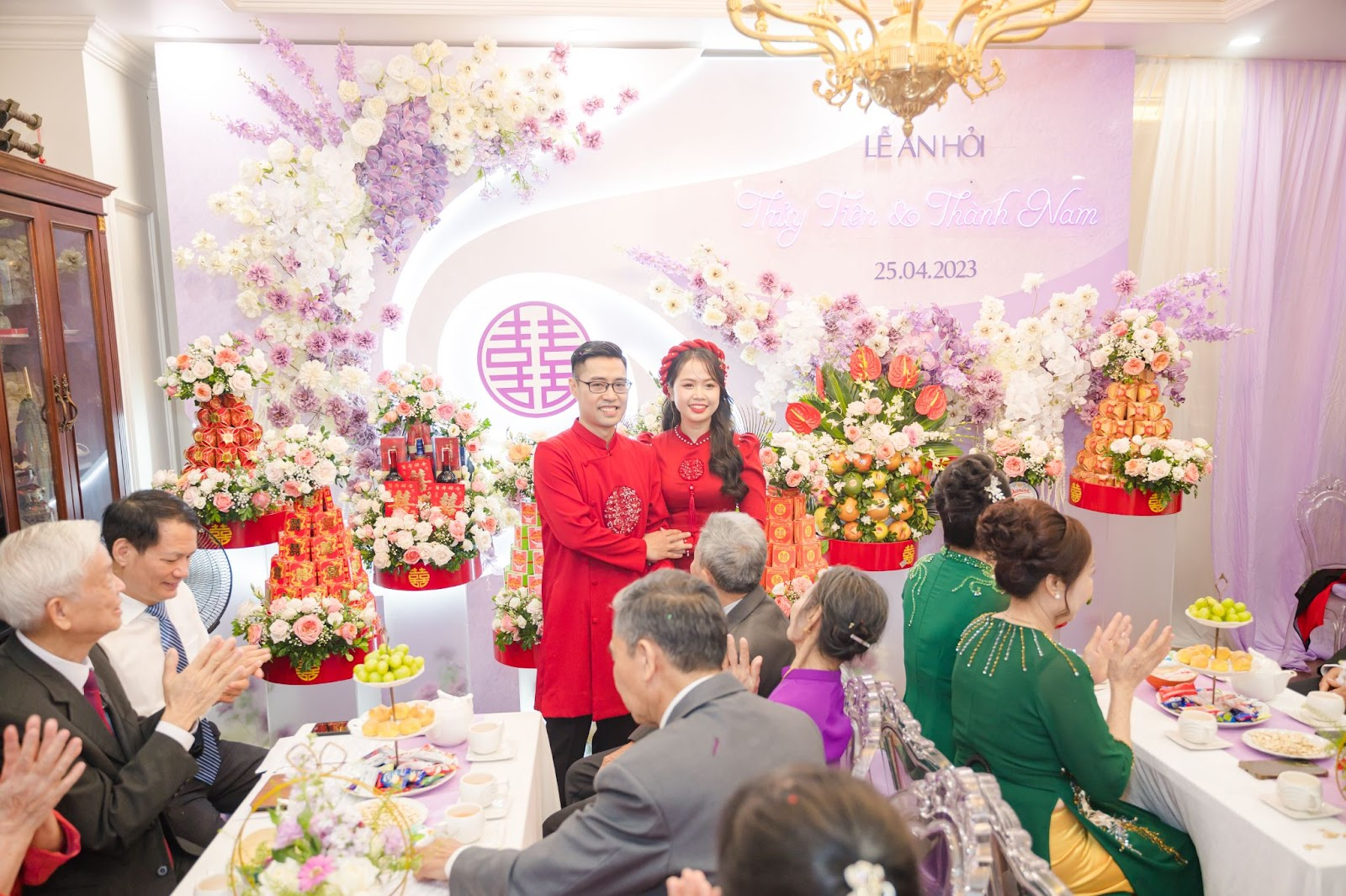
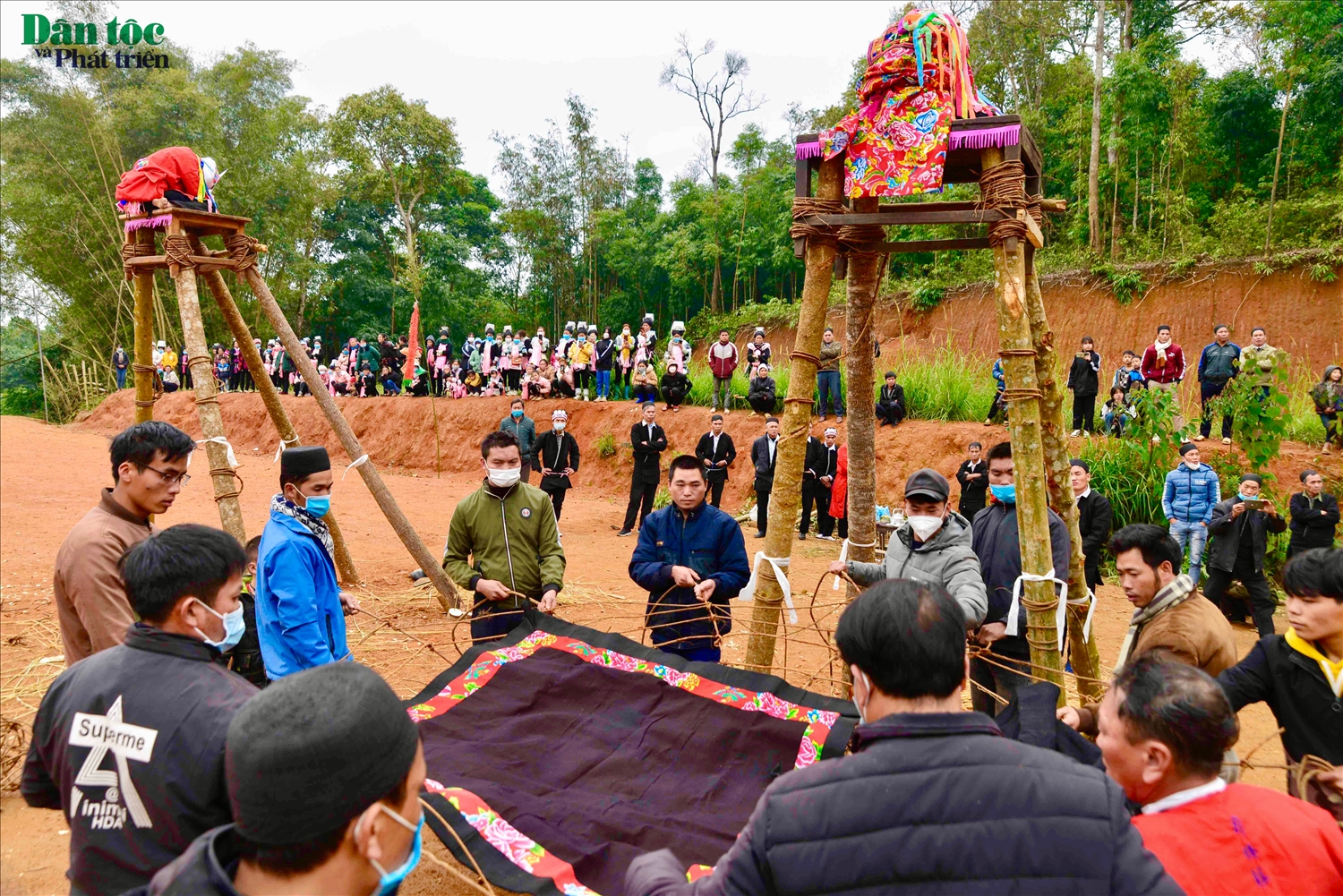
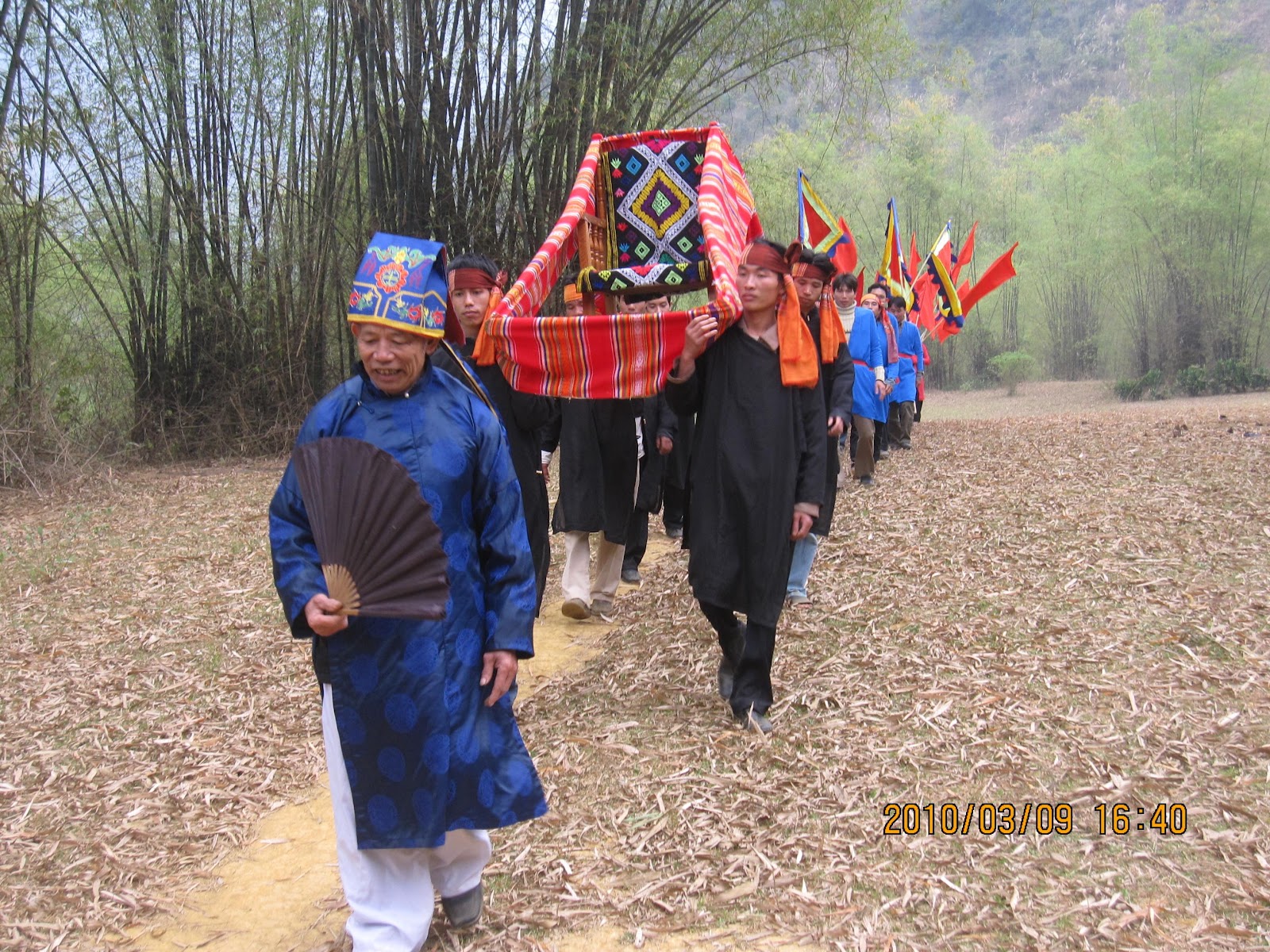
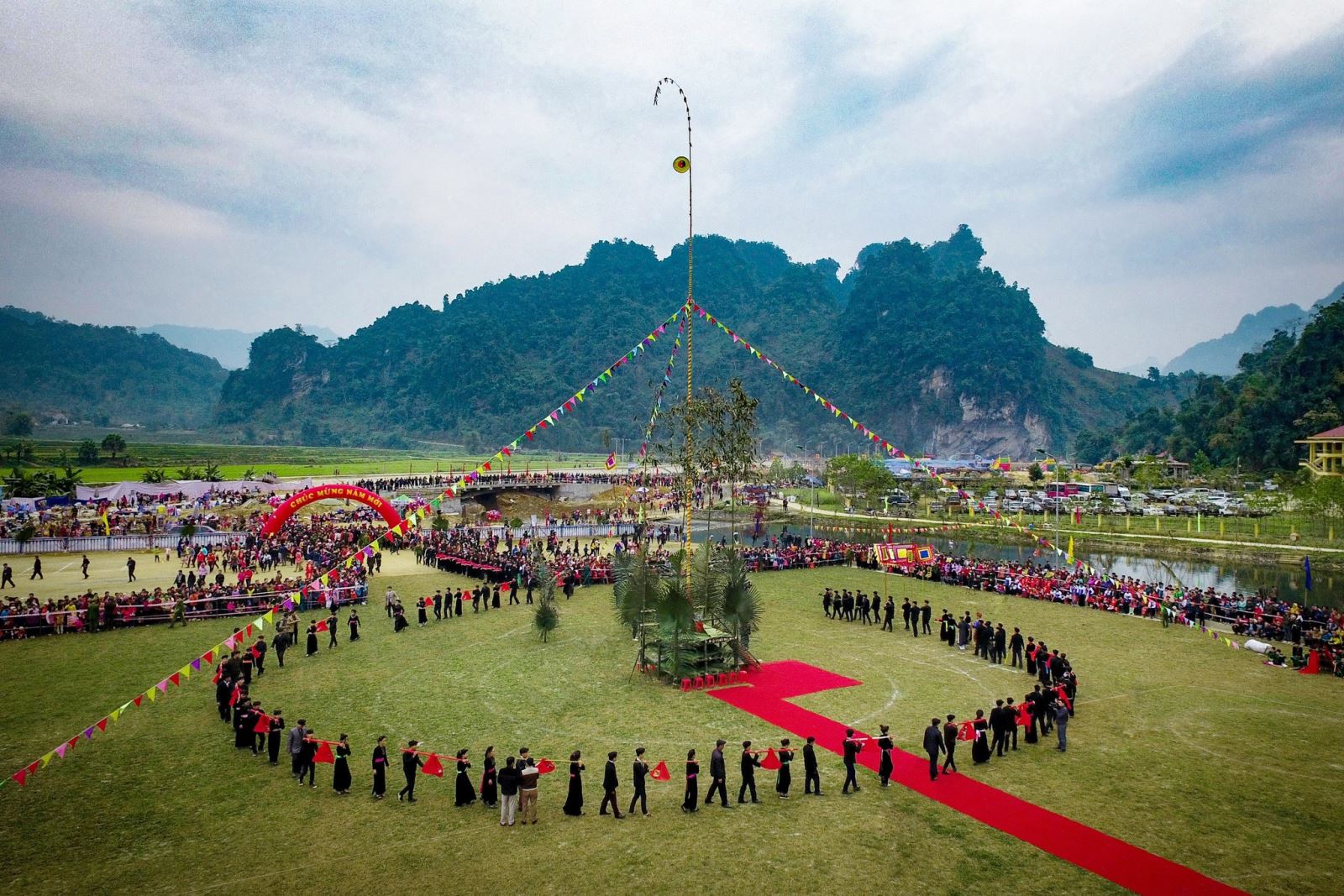

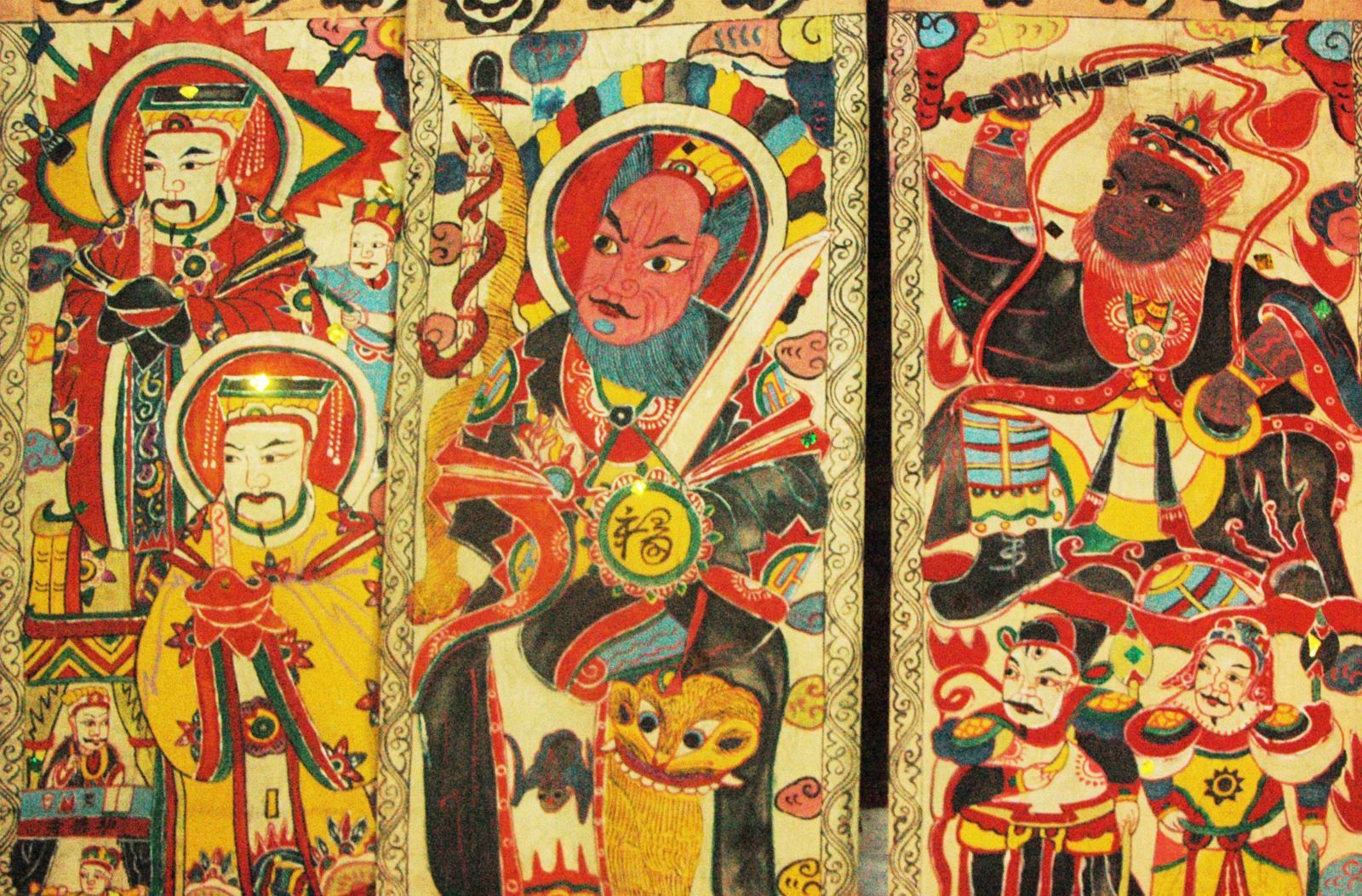

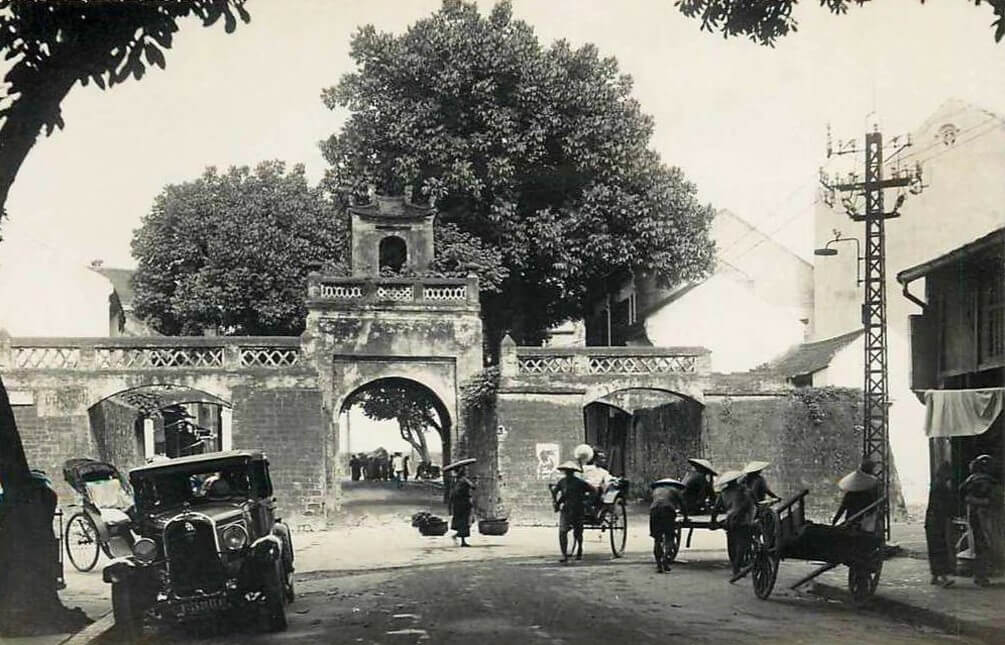
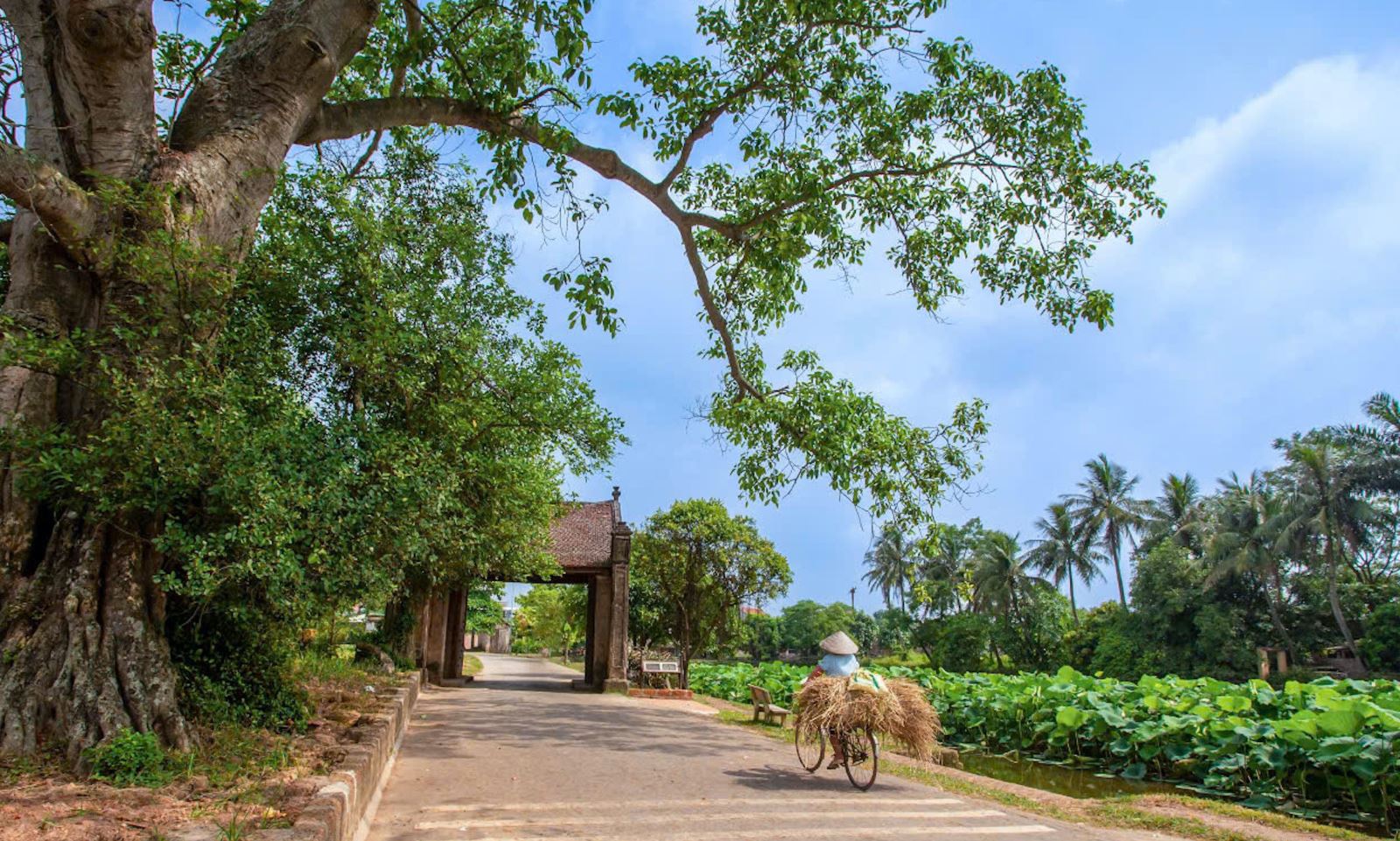




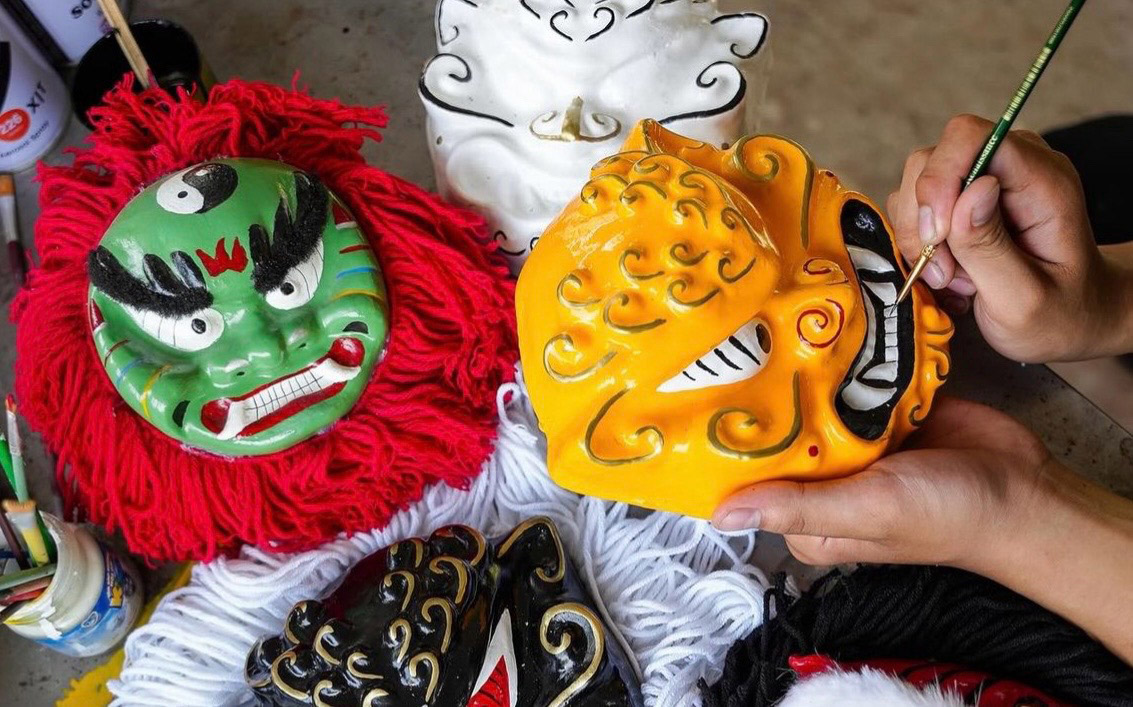
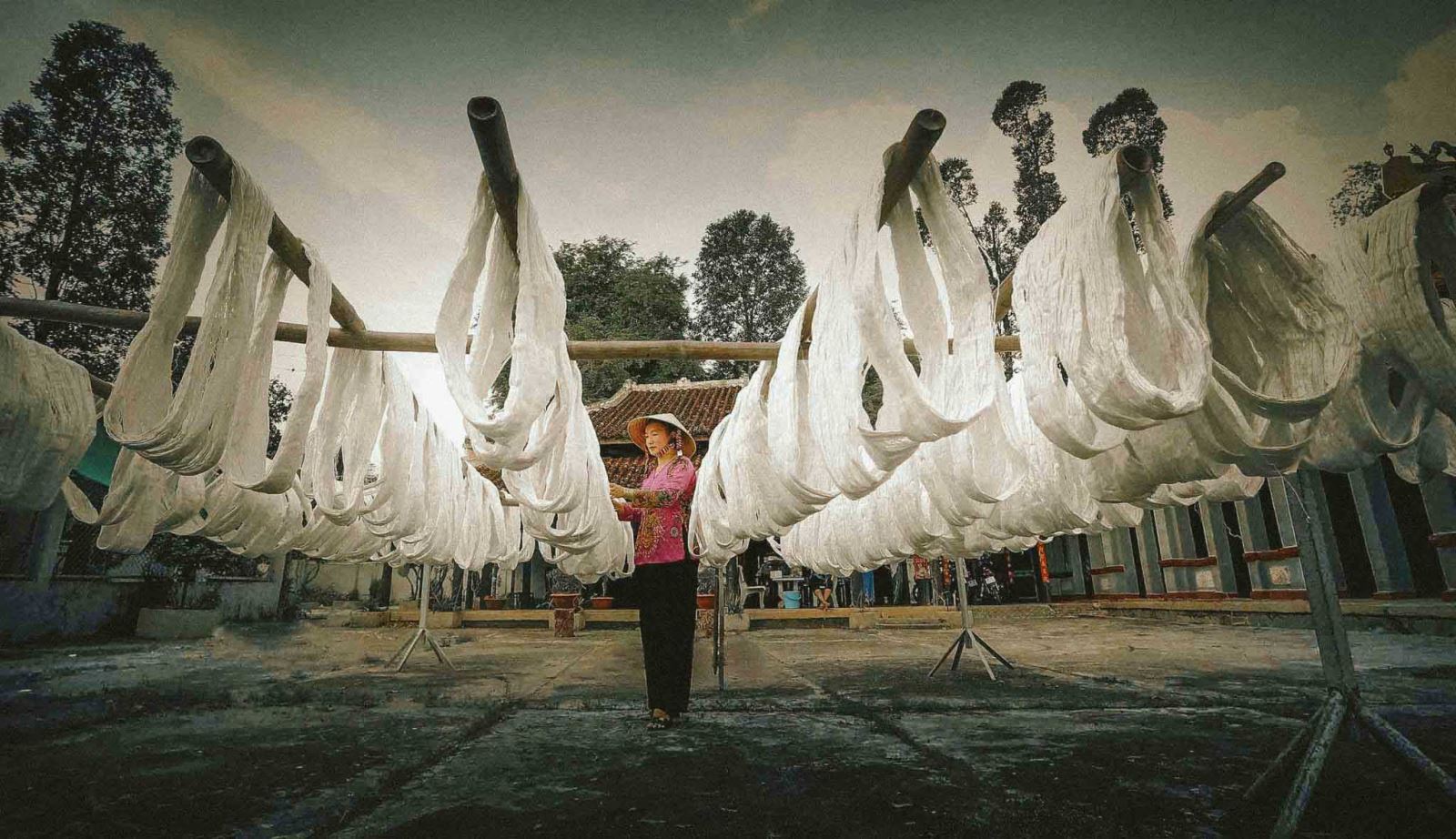

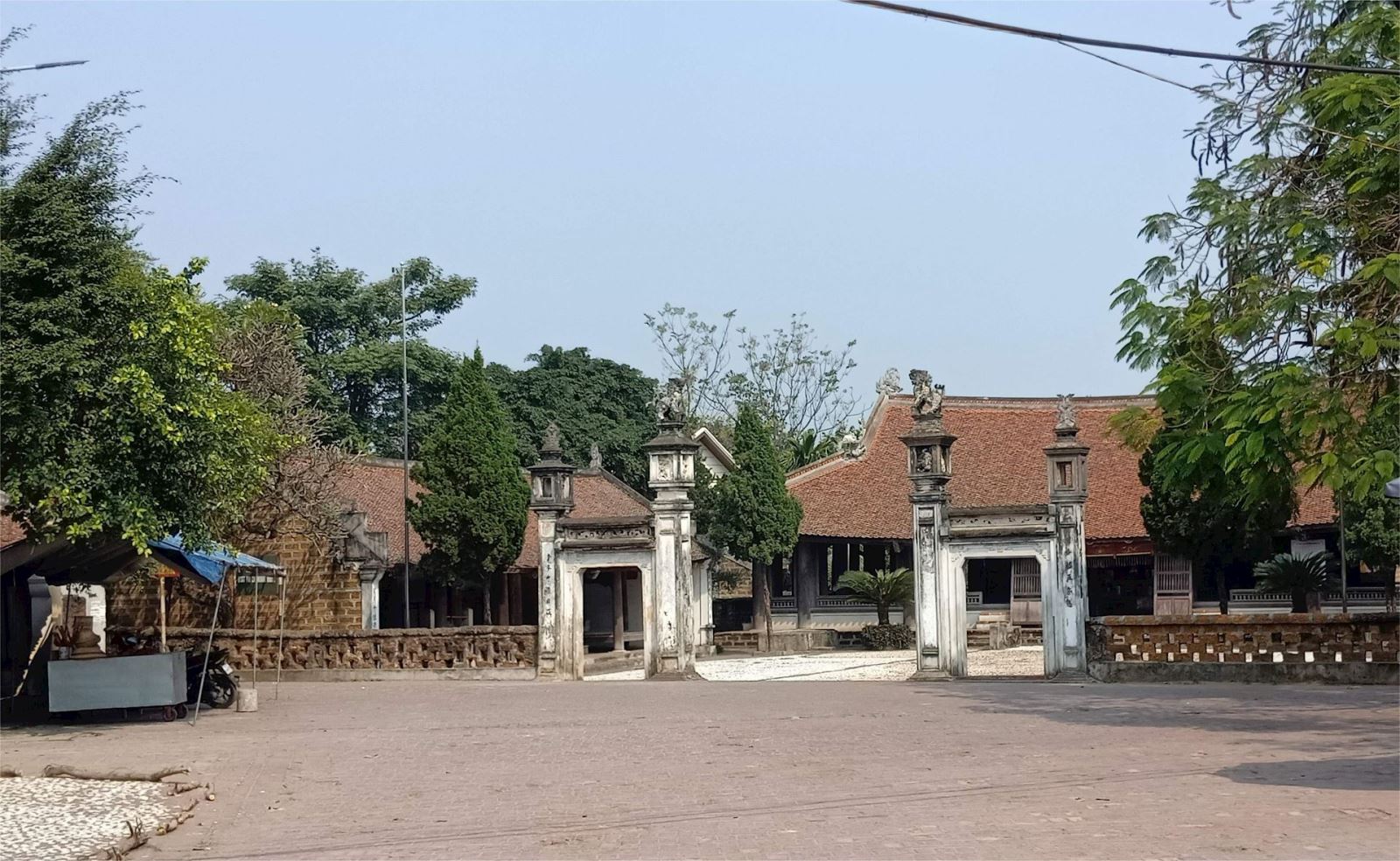
.png)